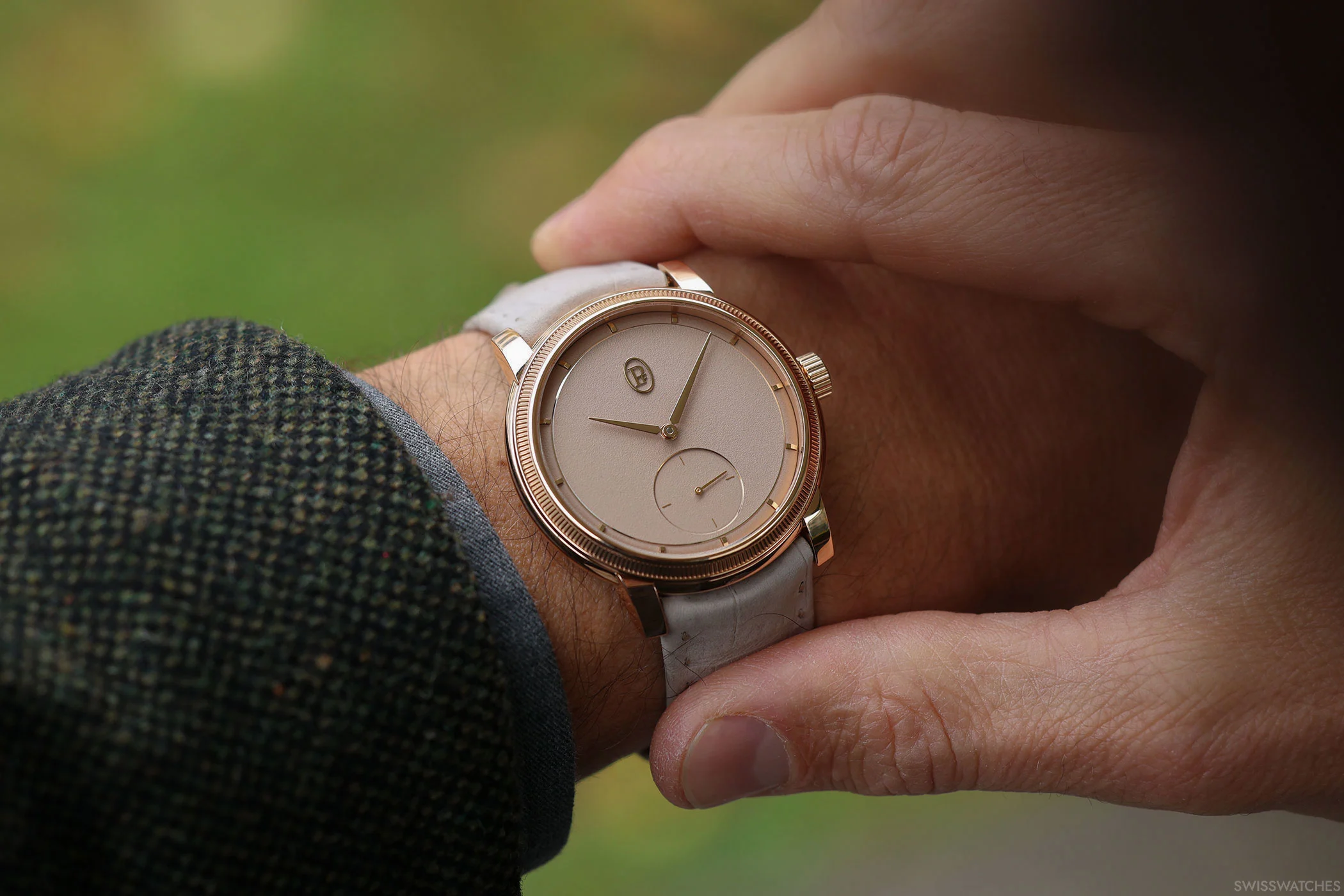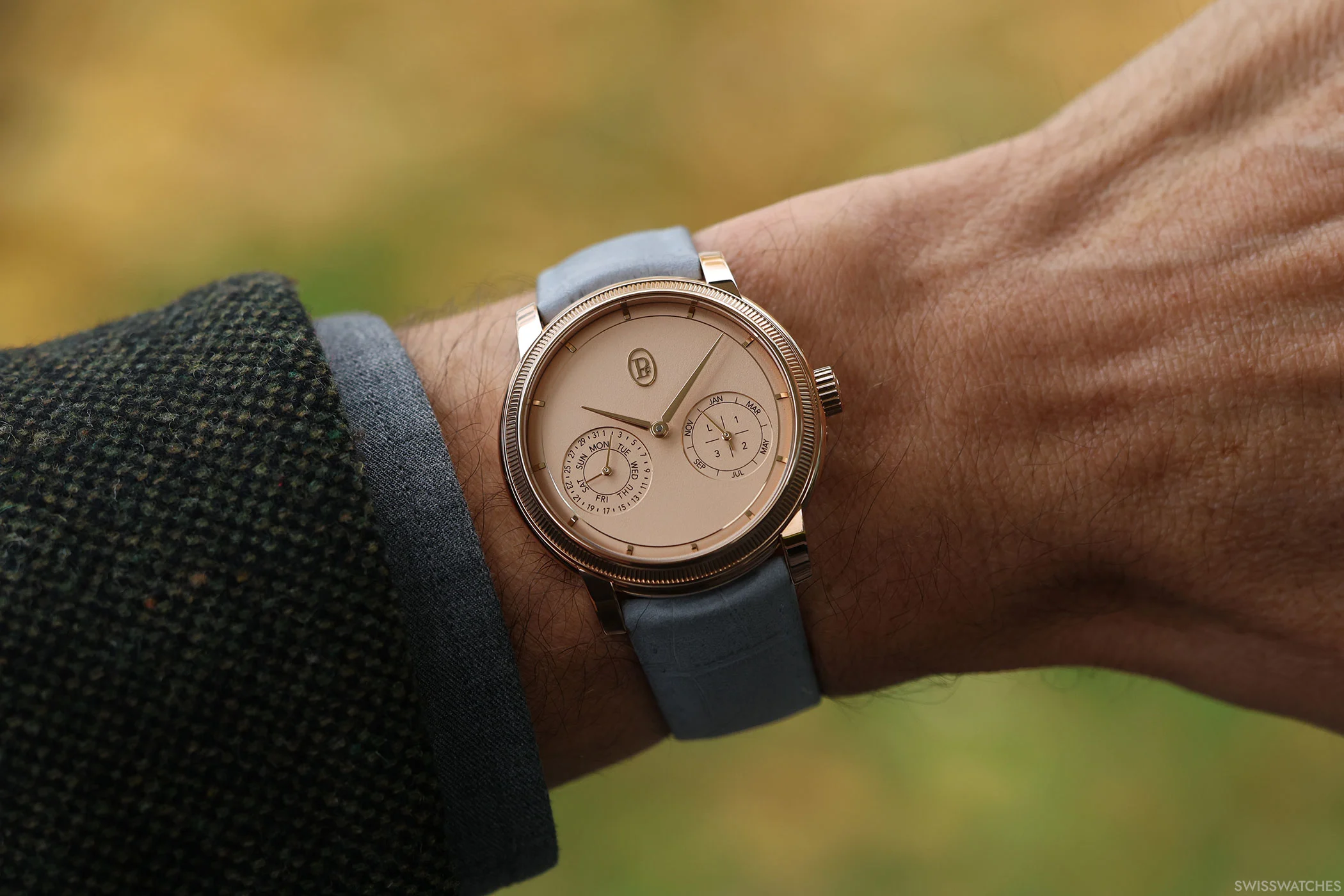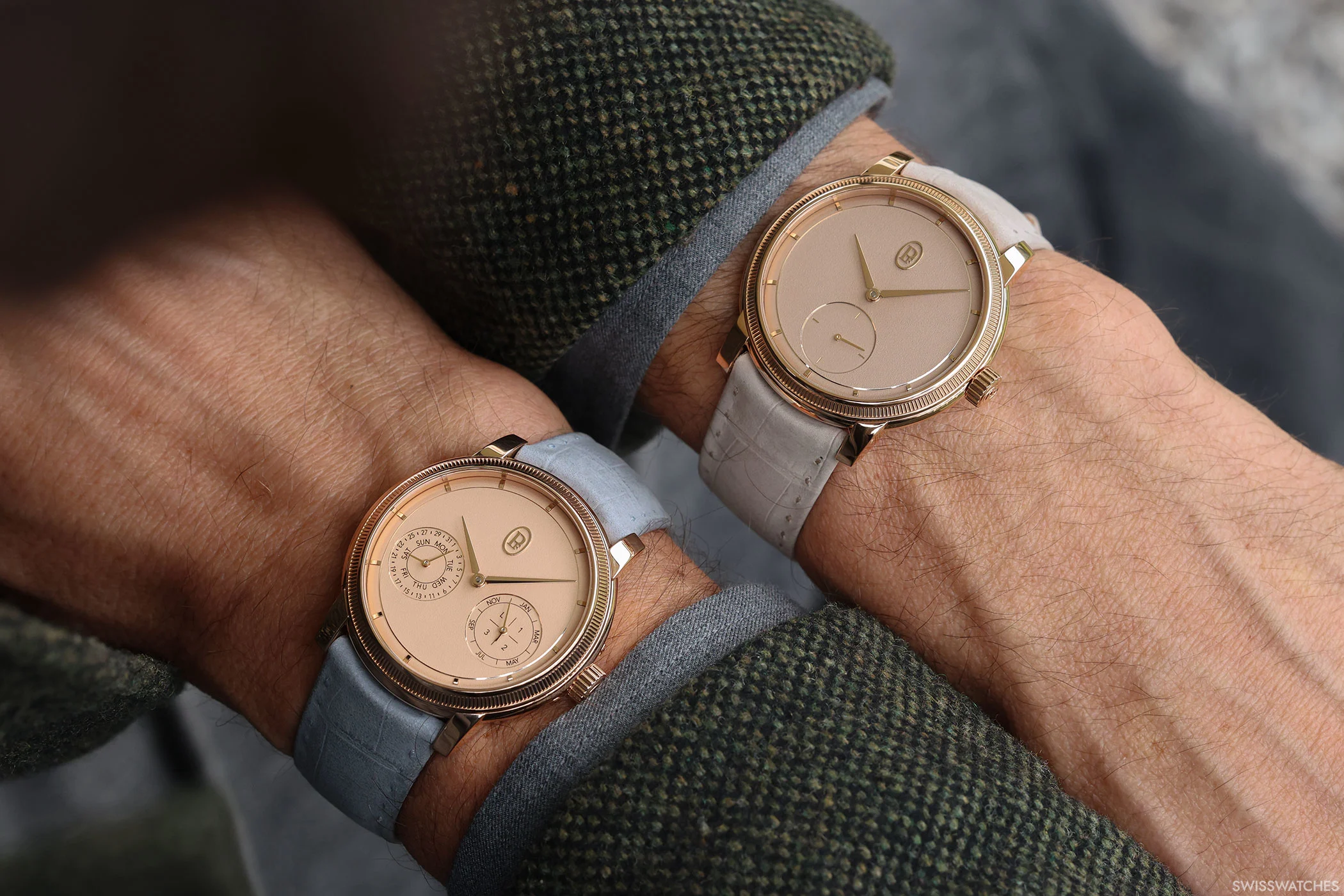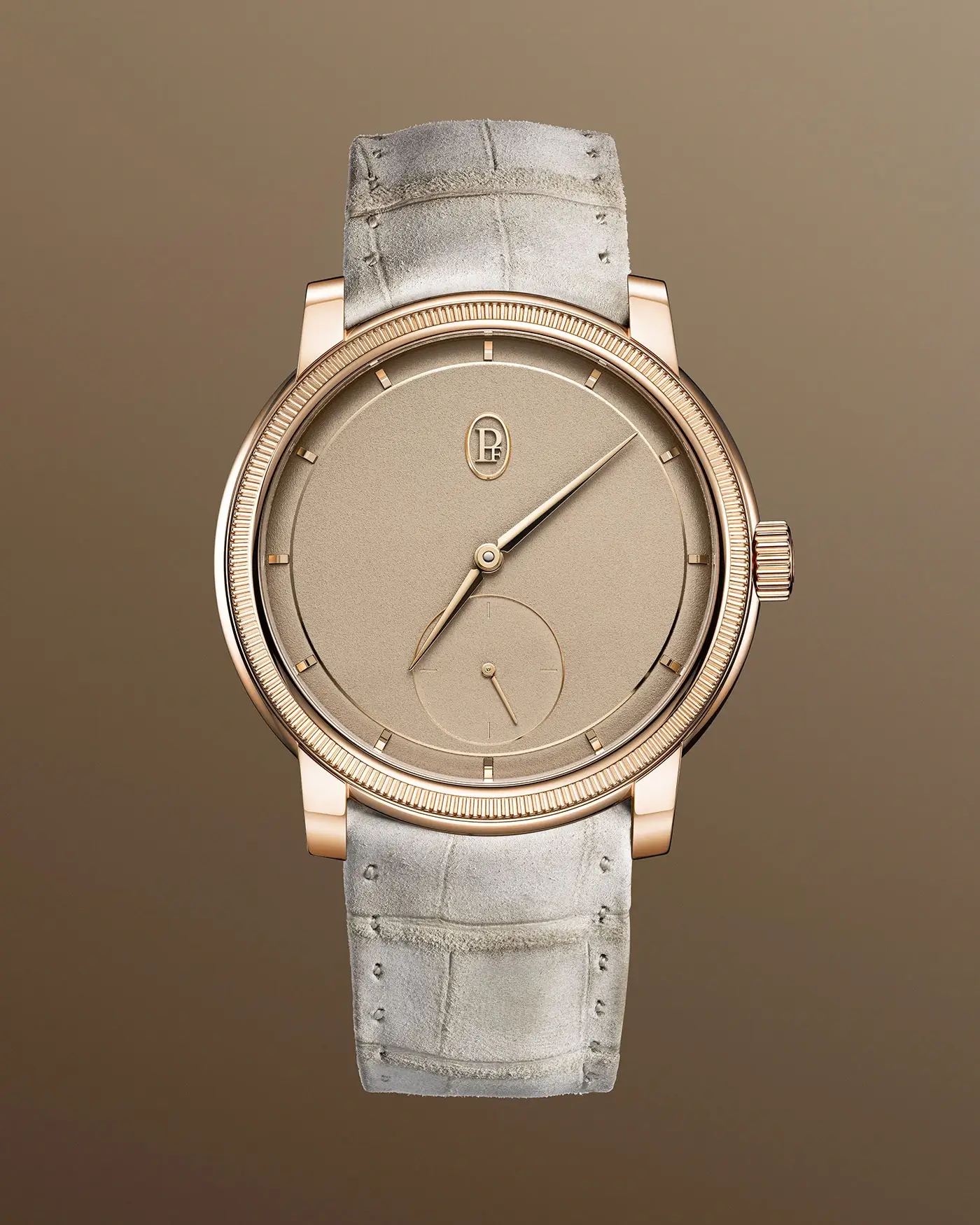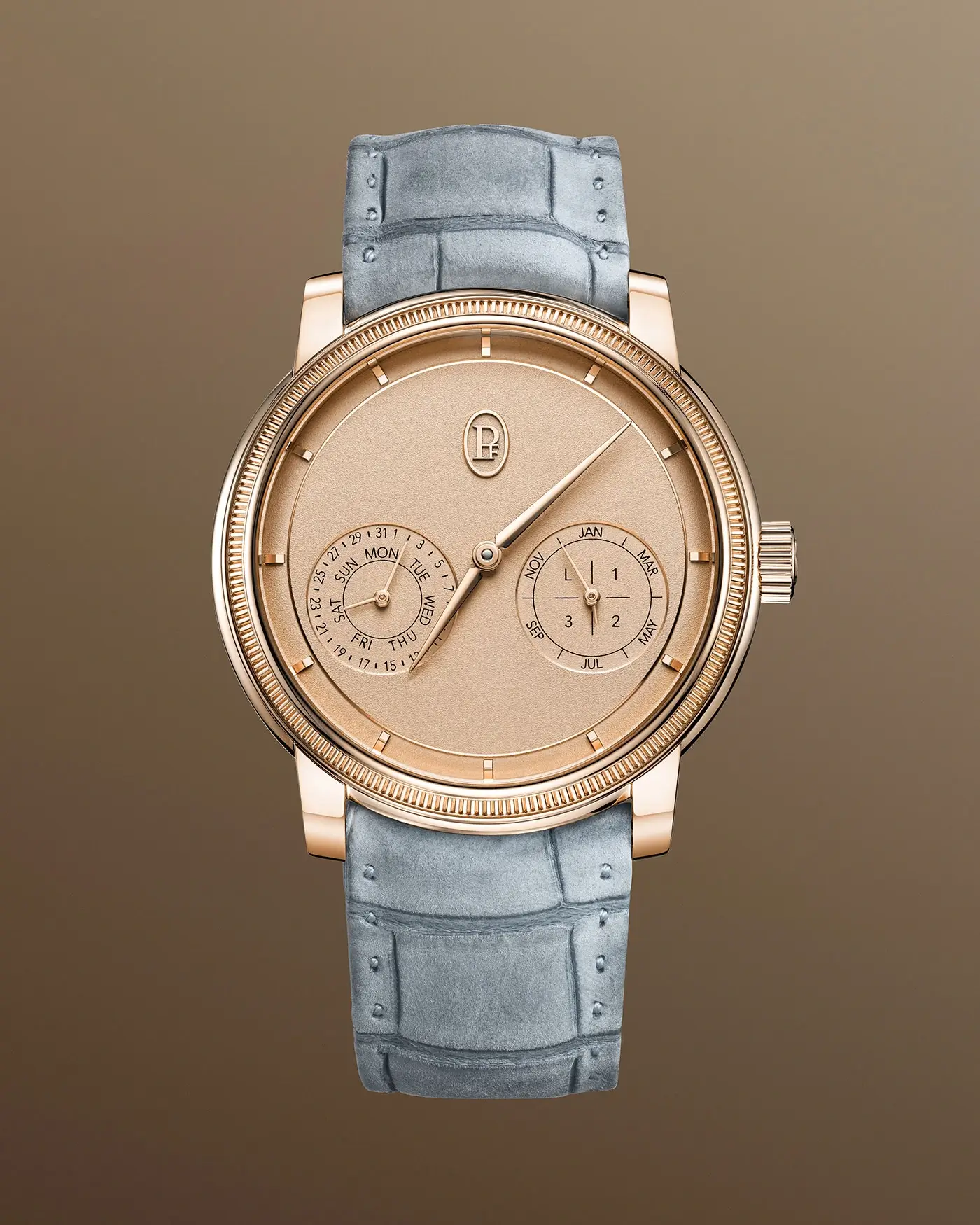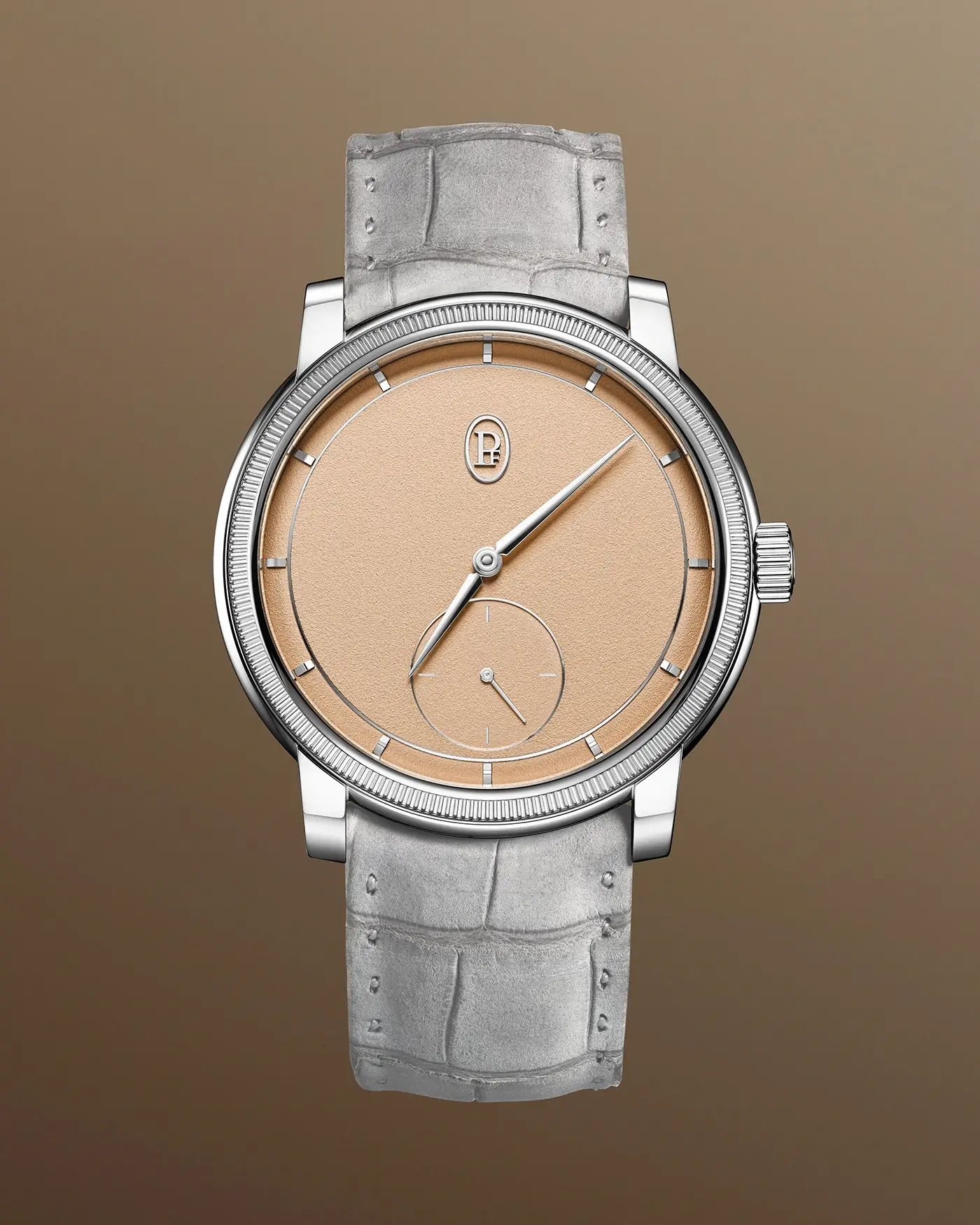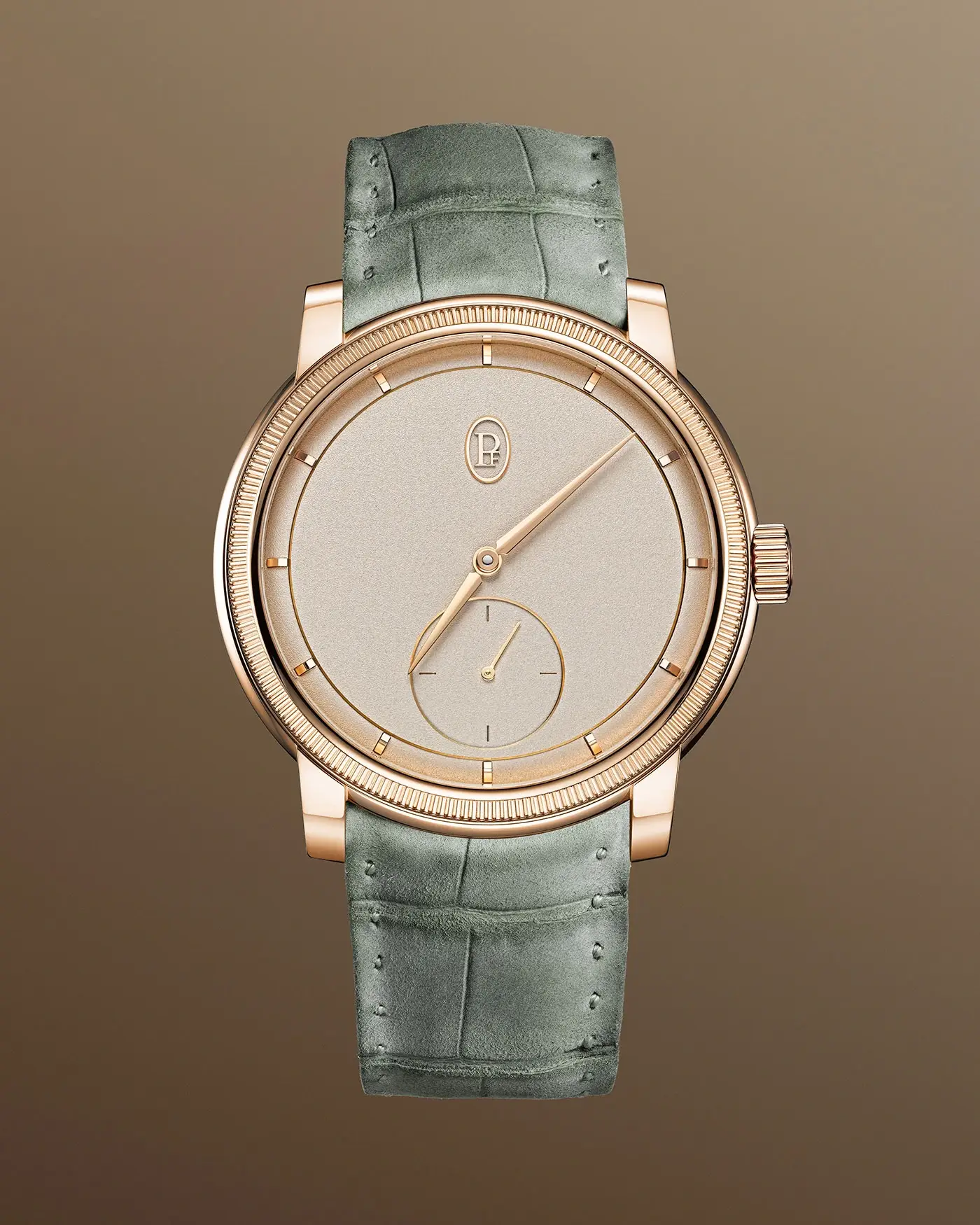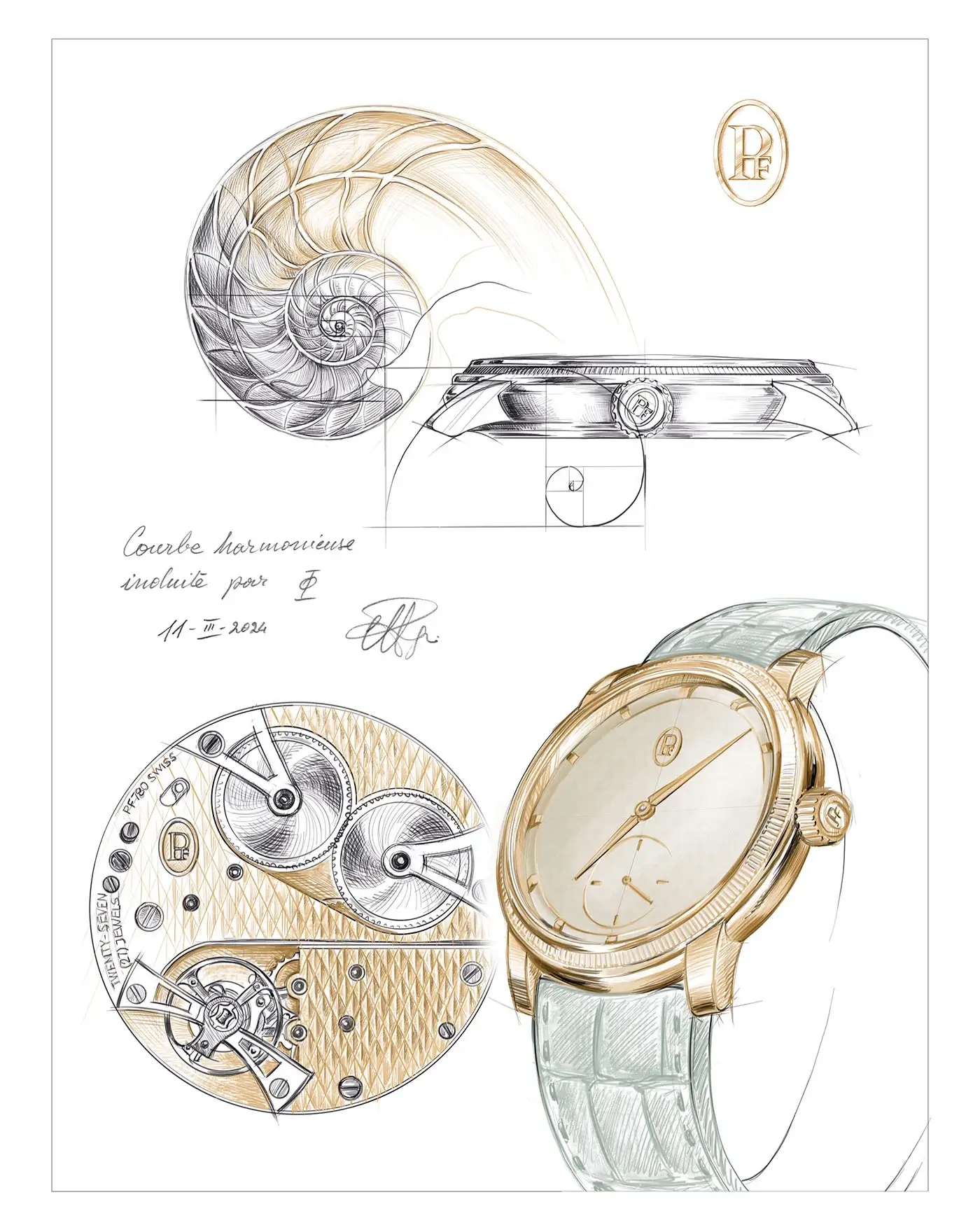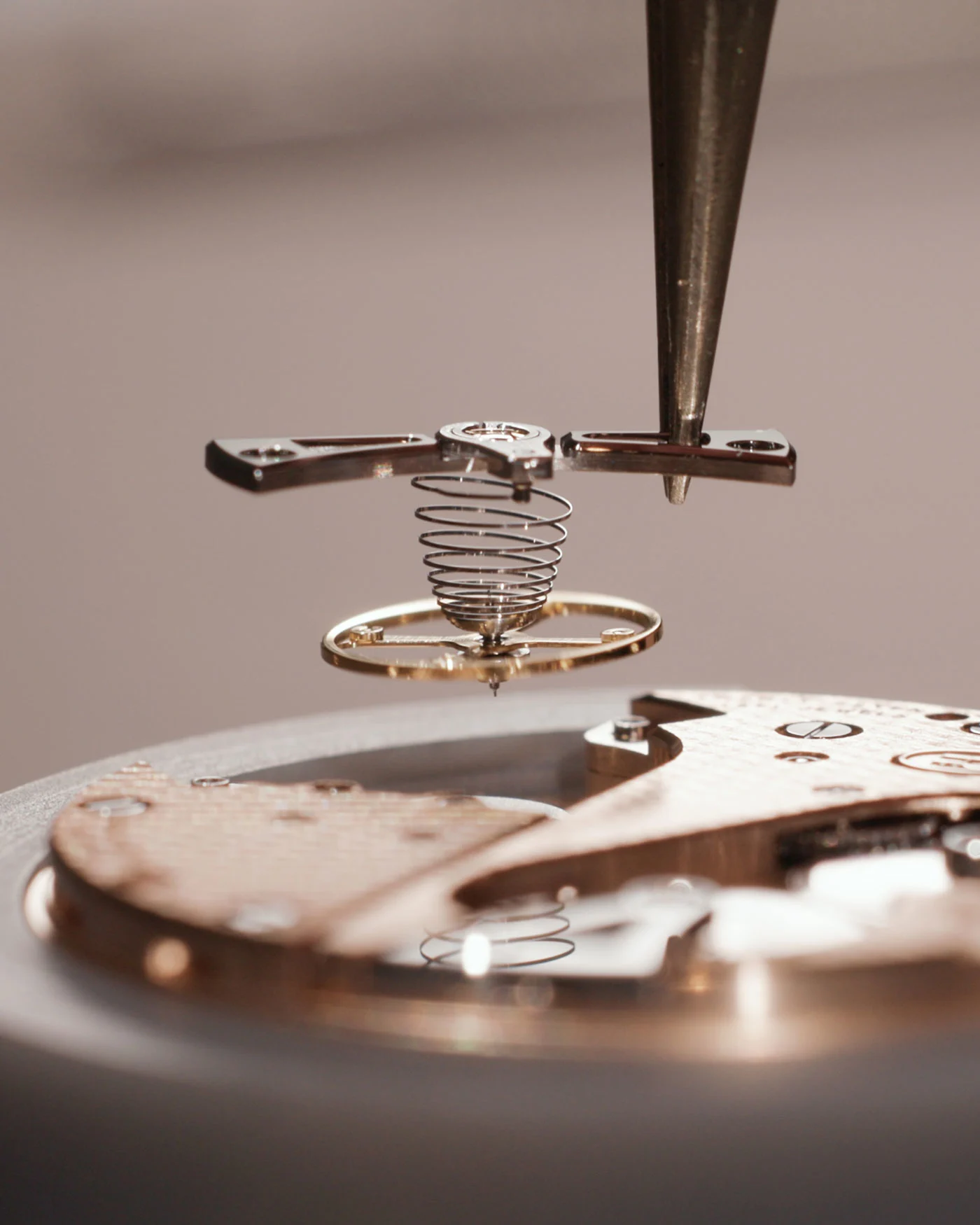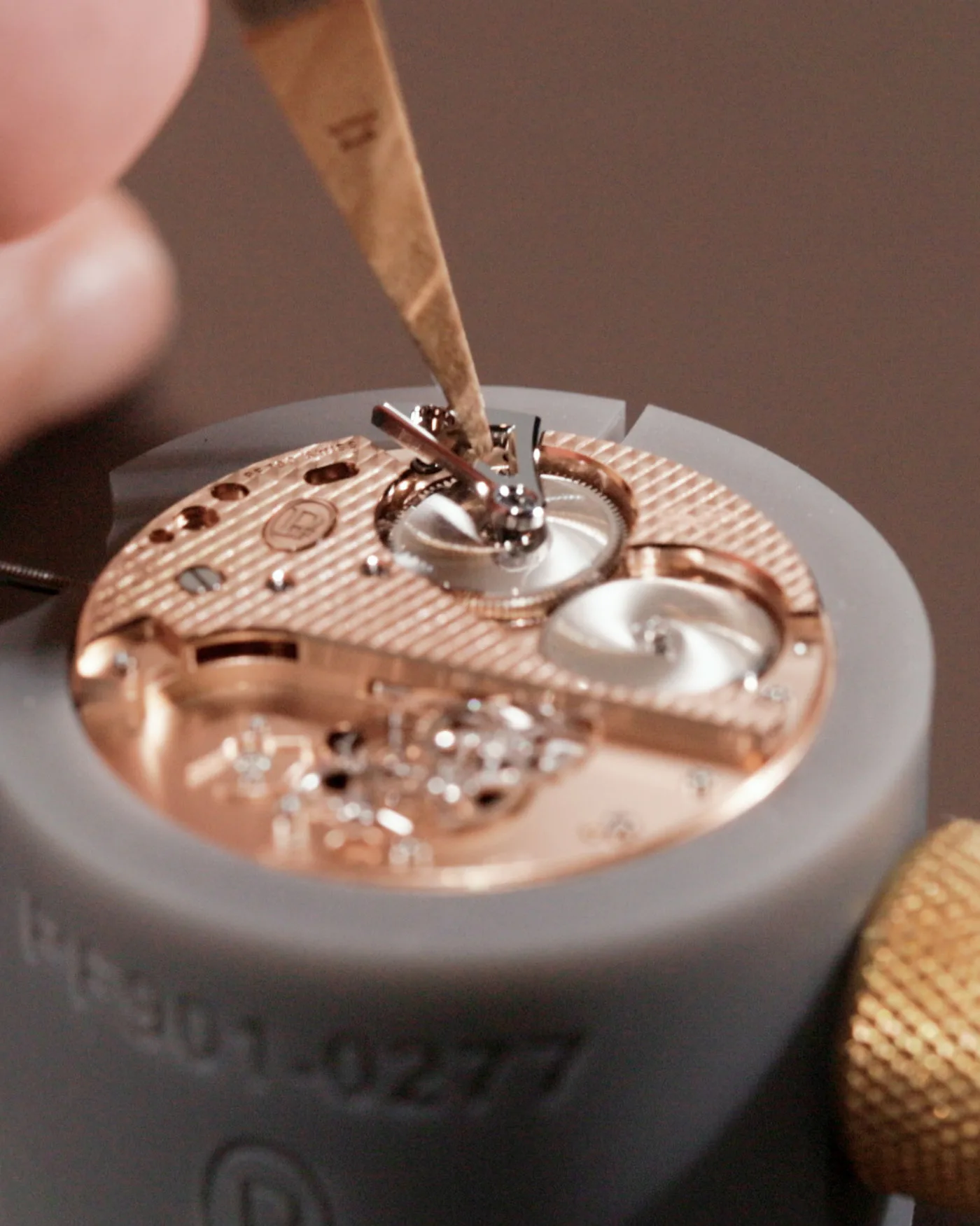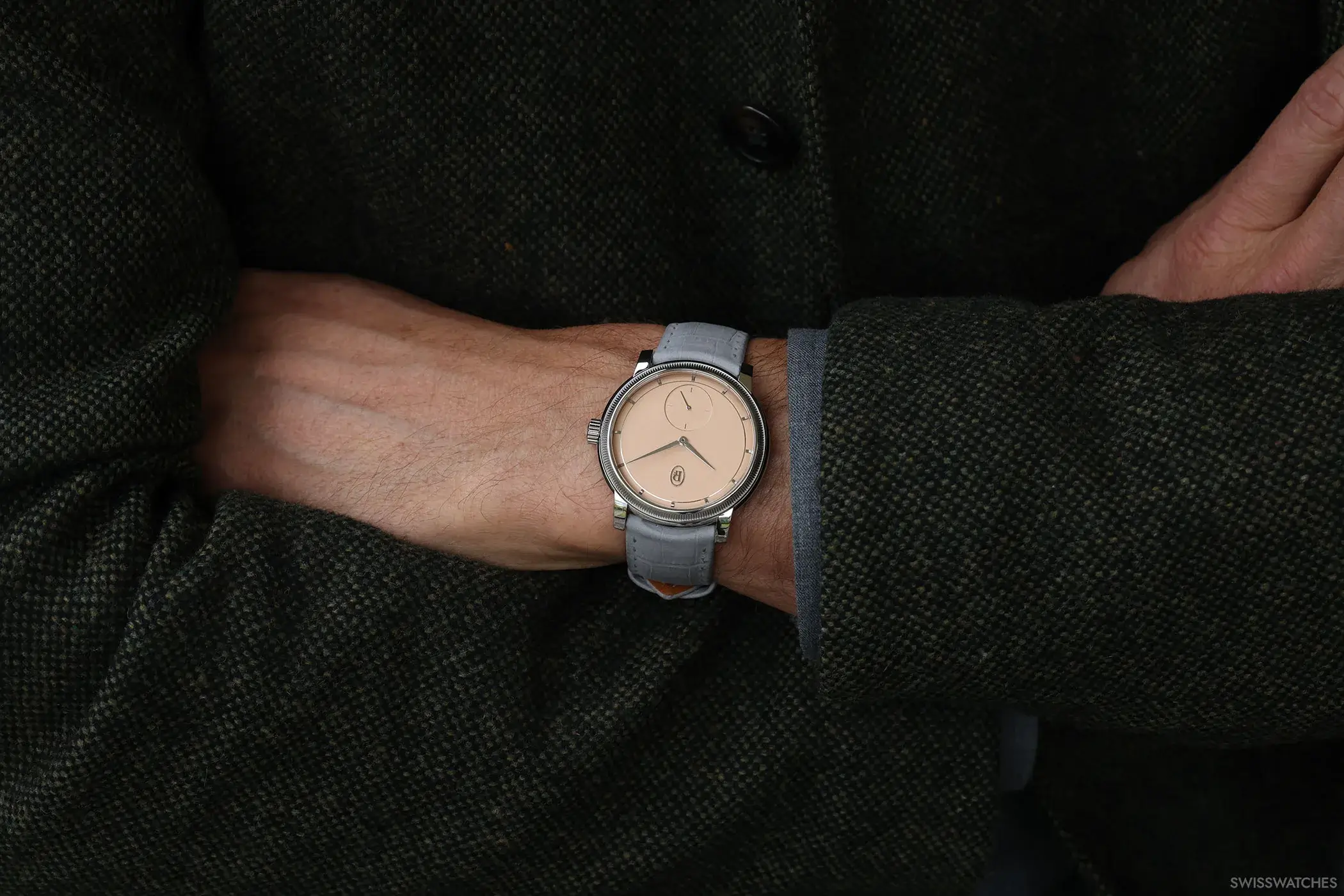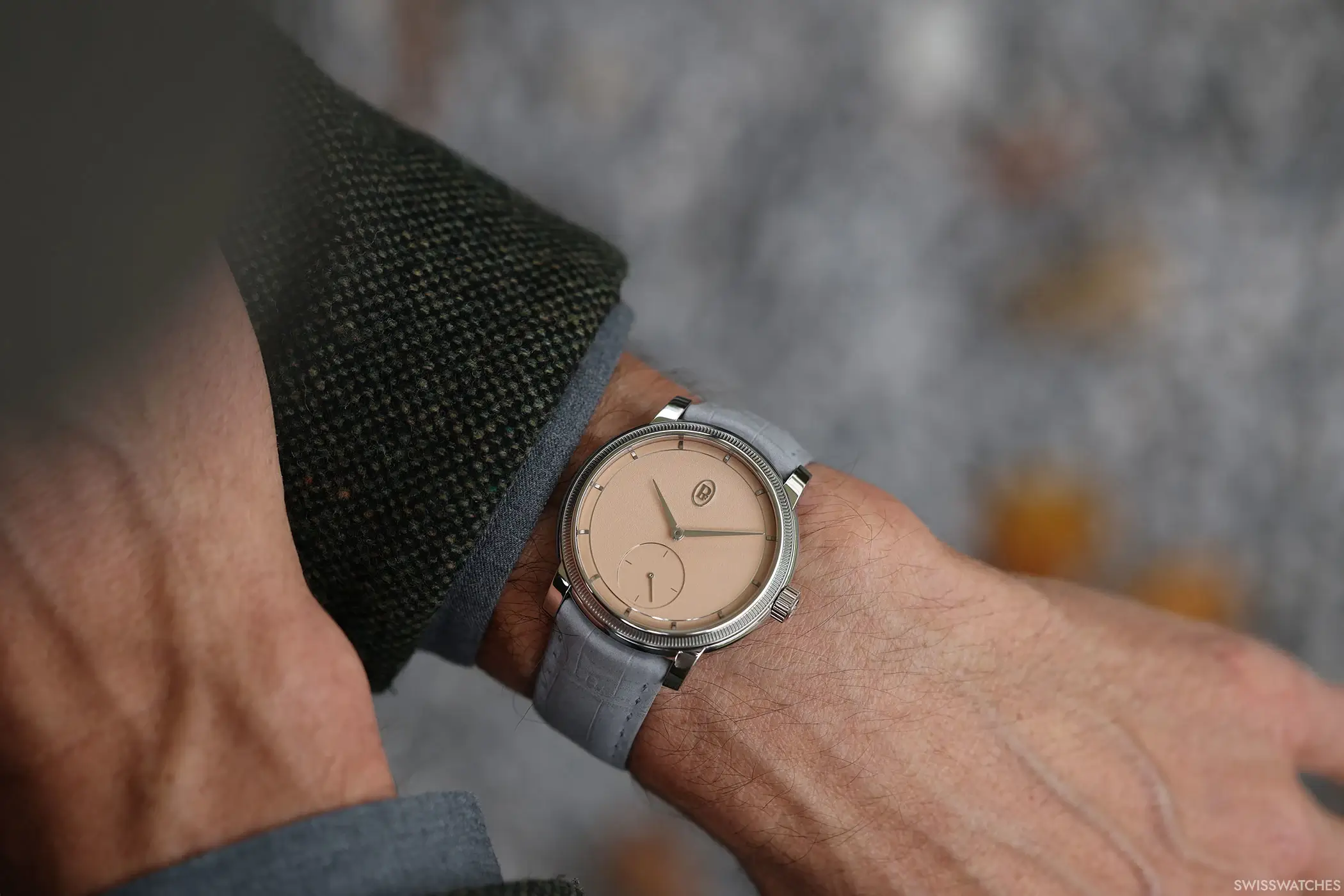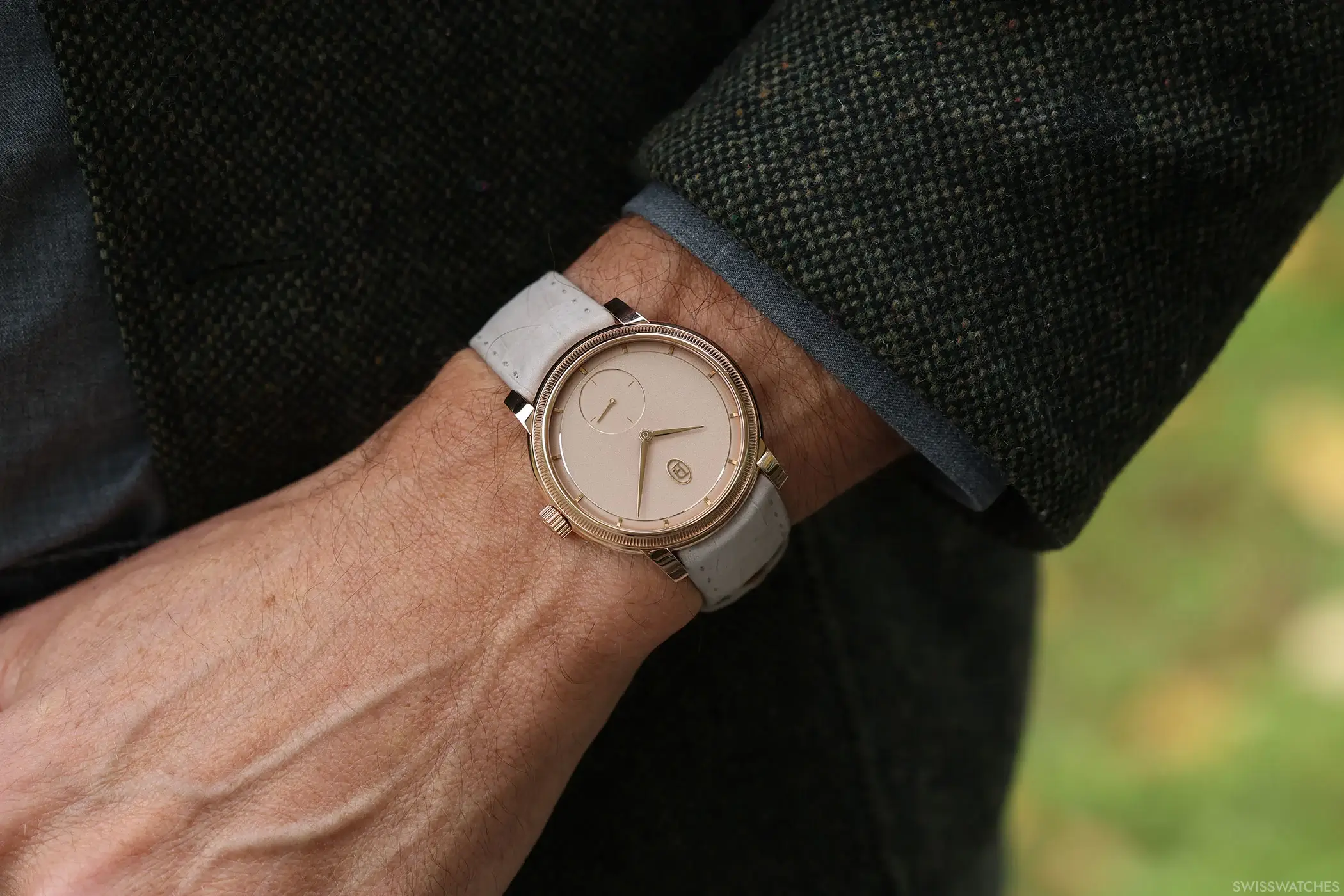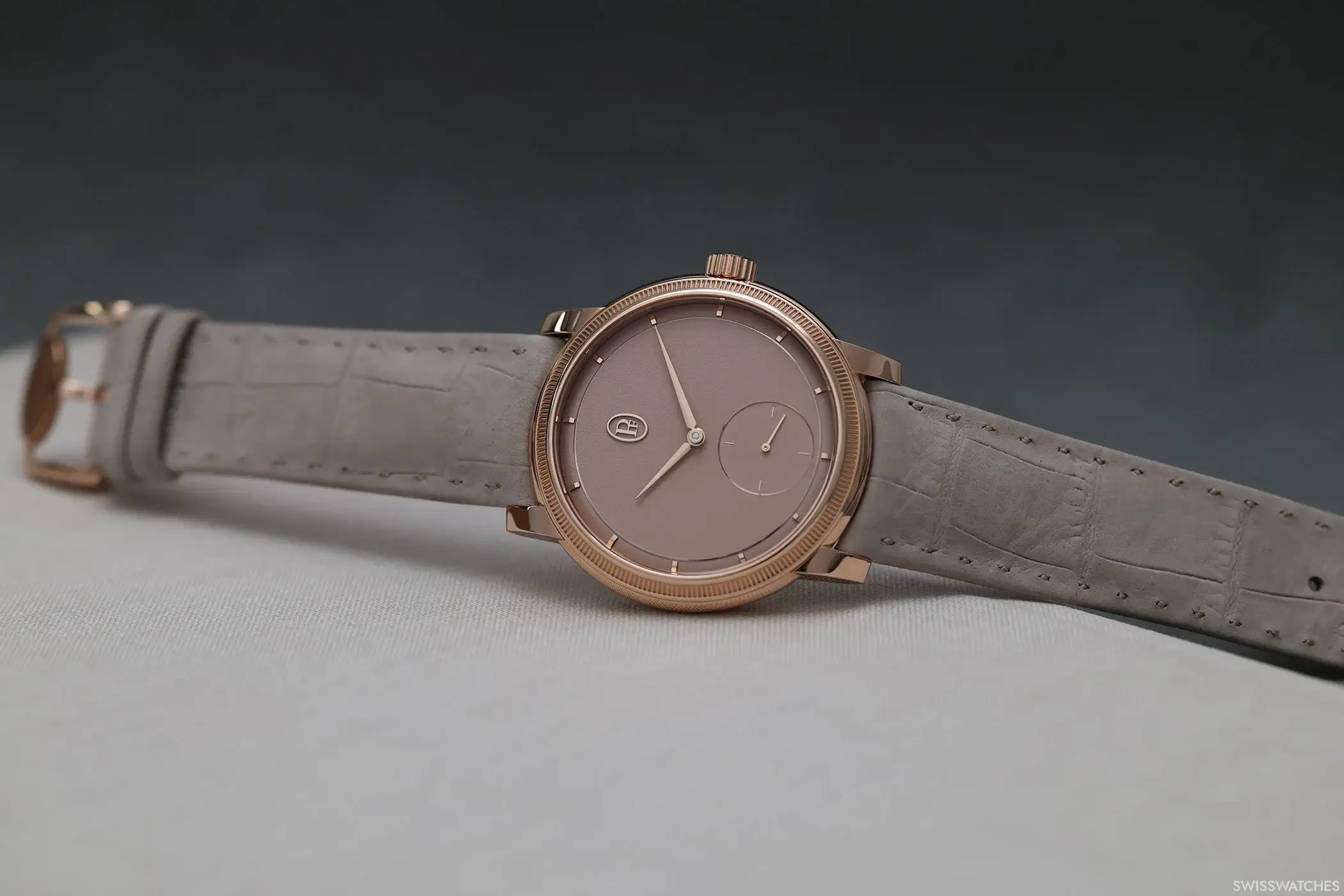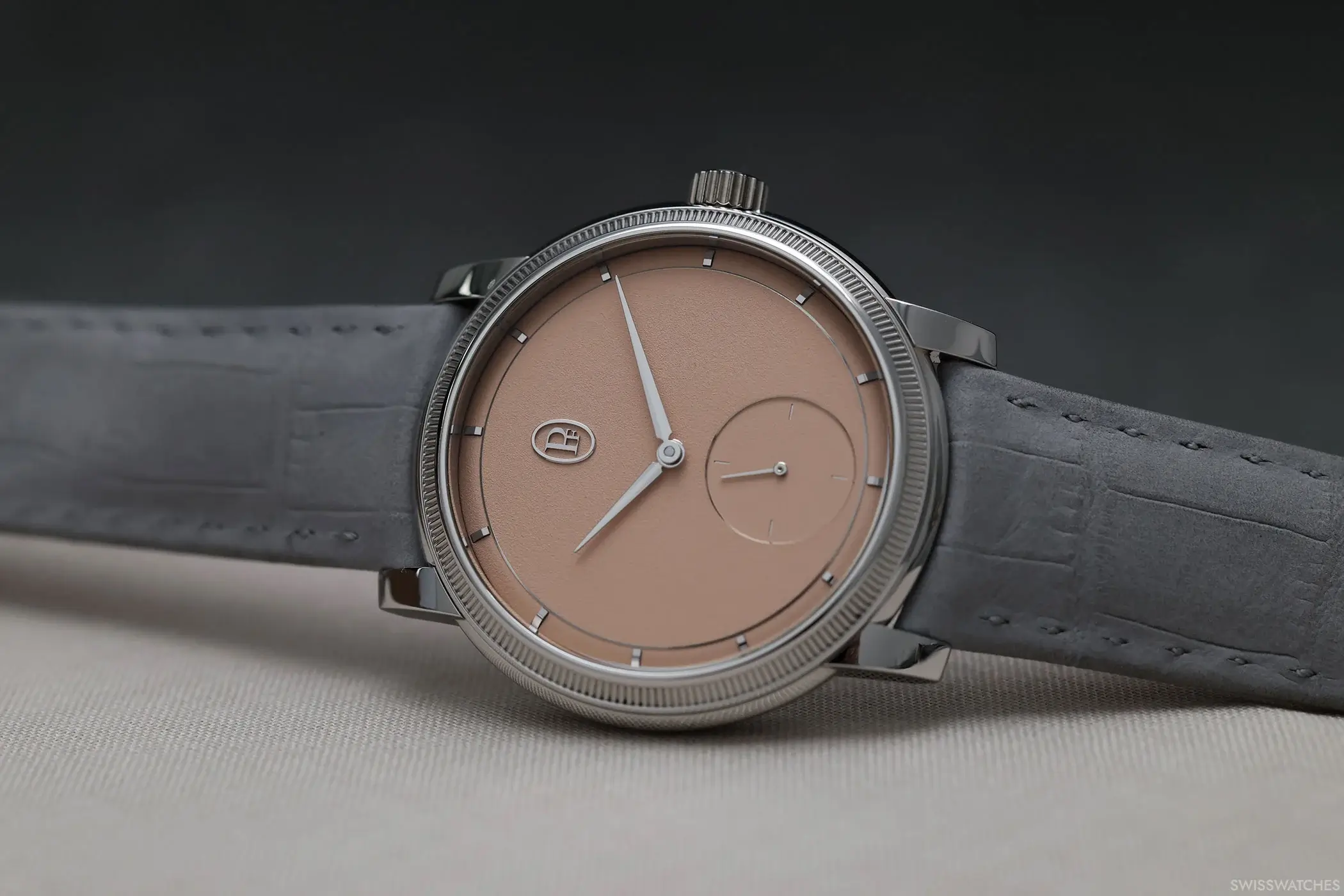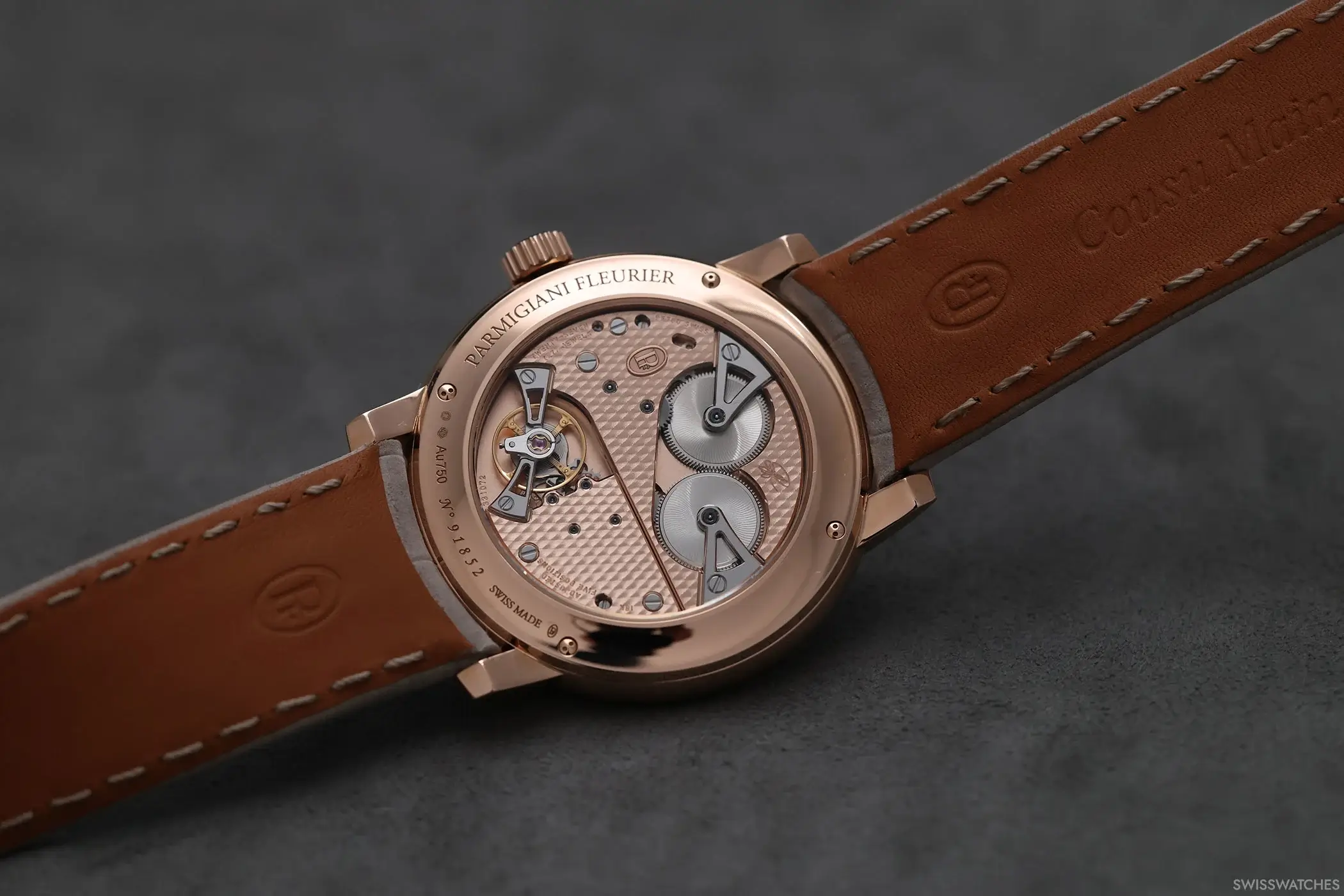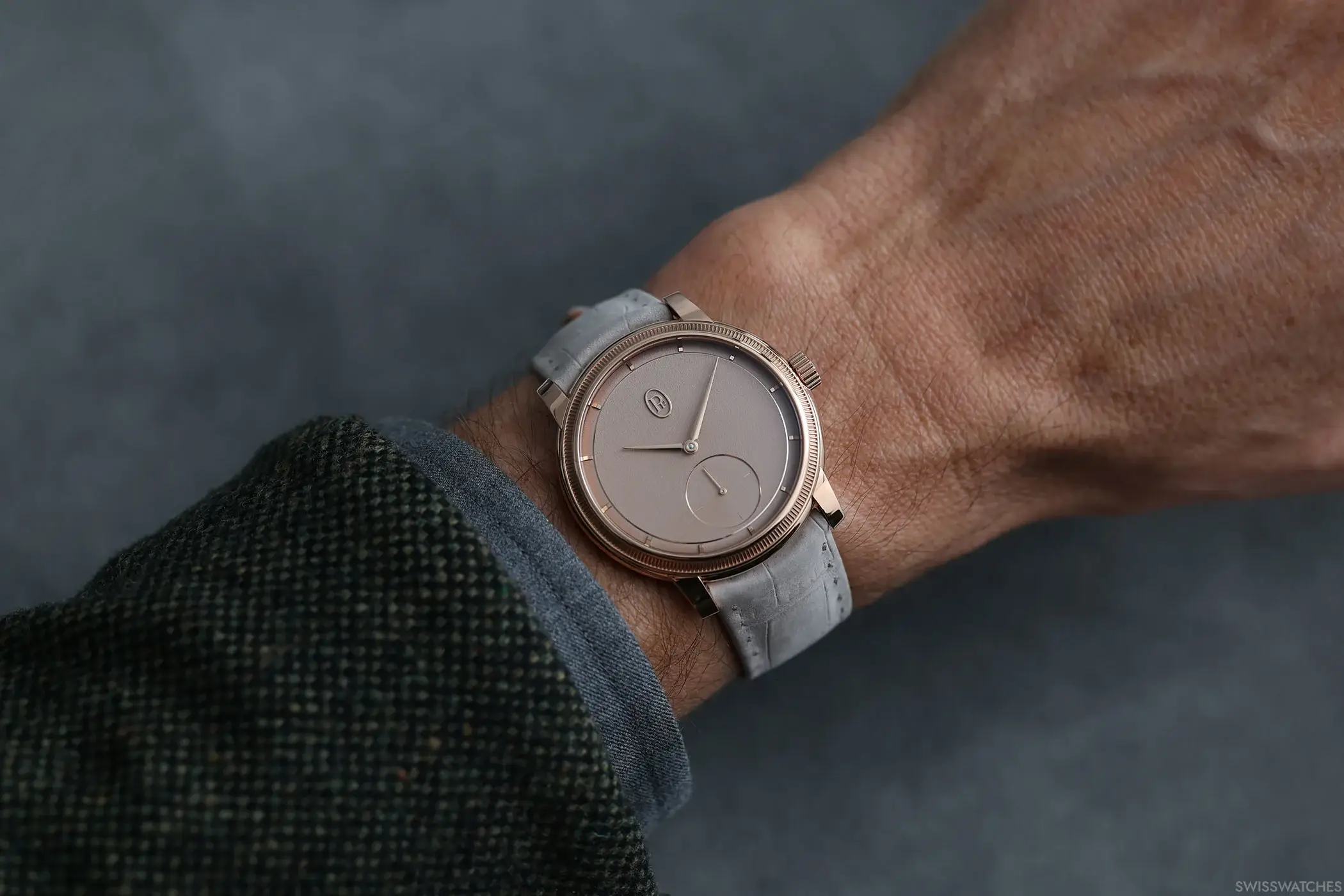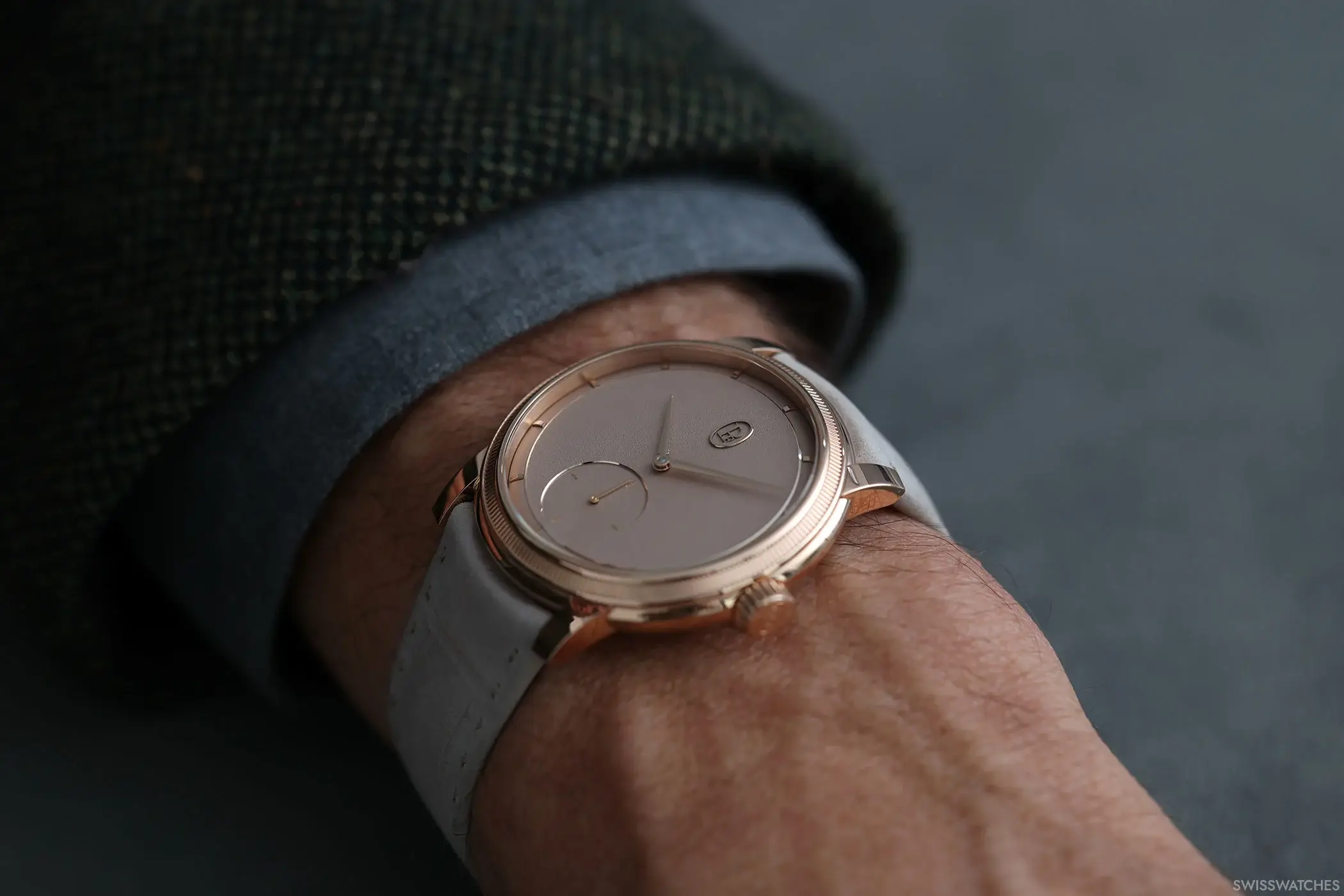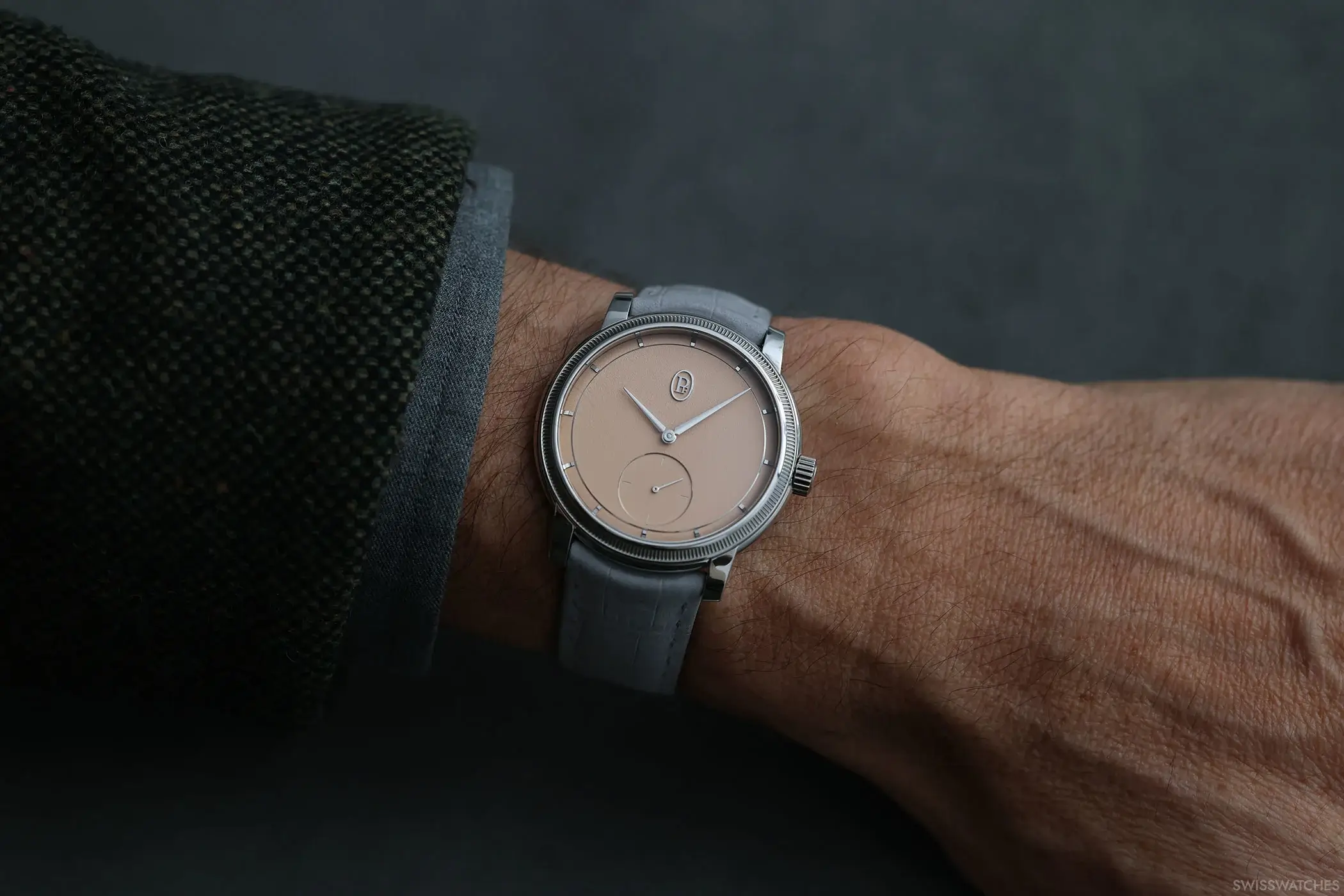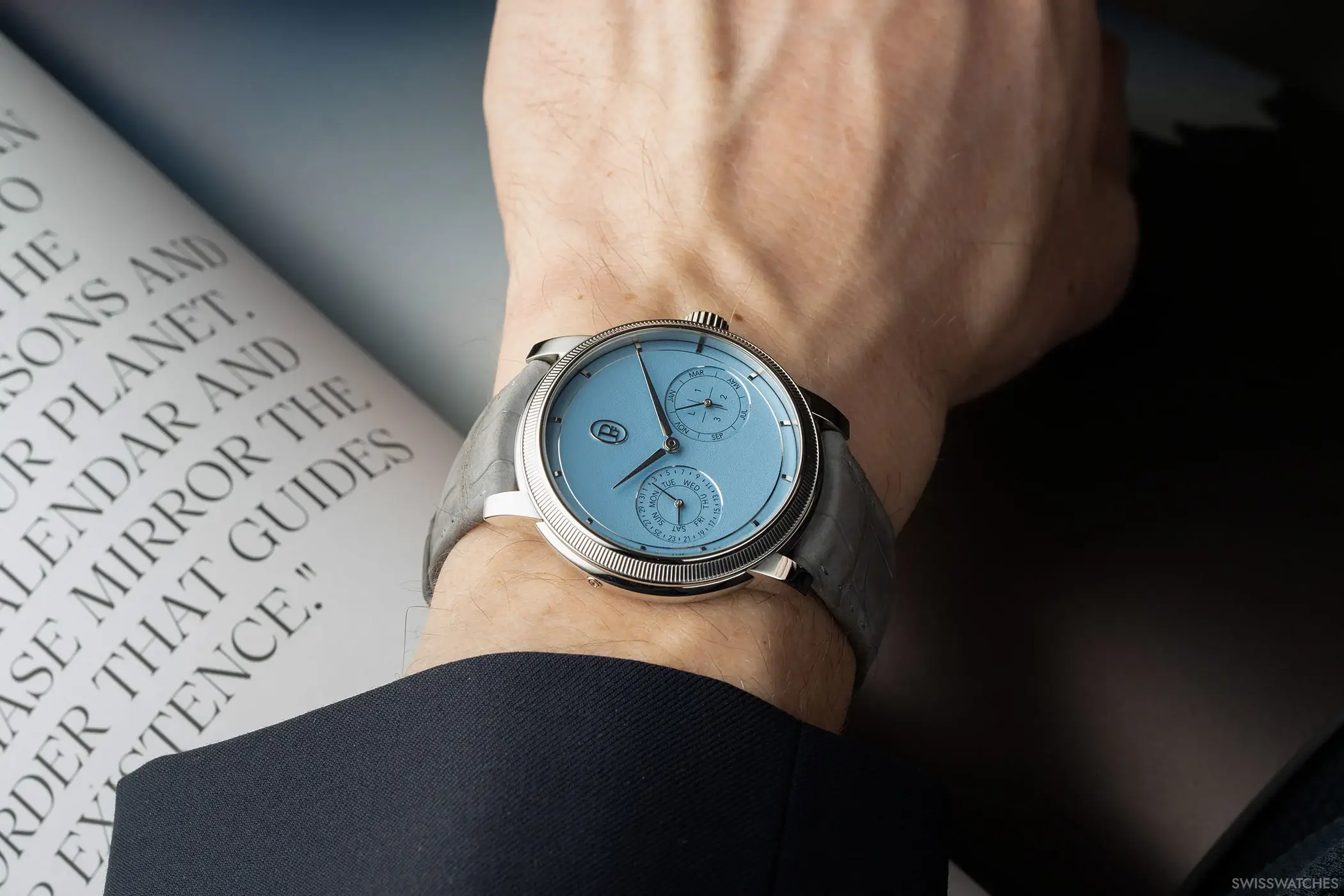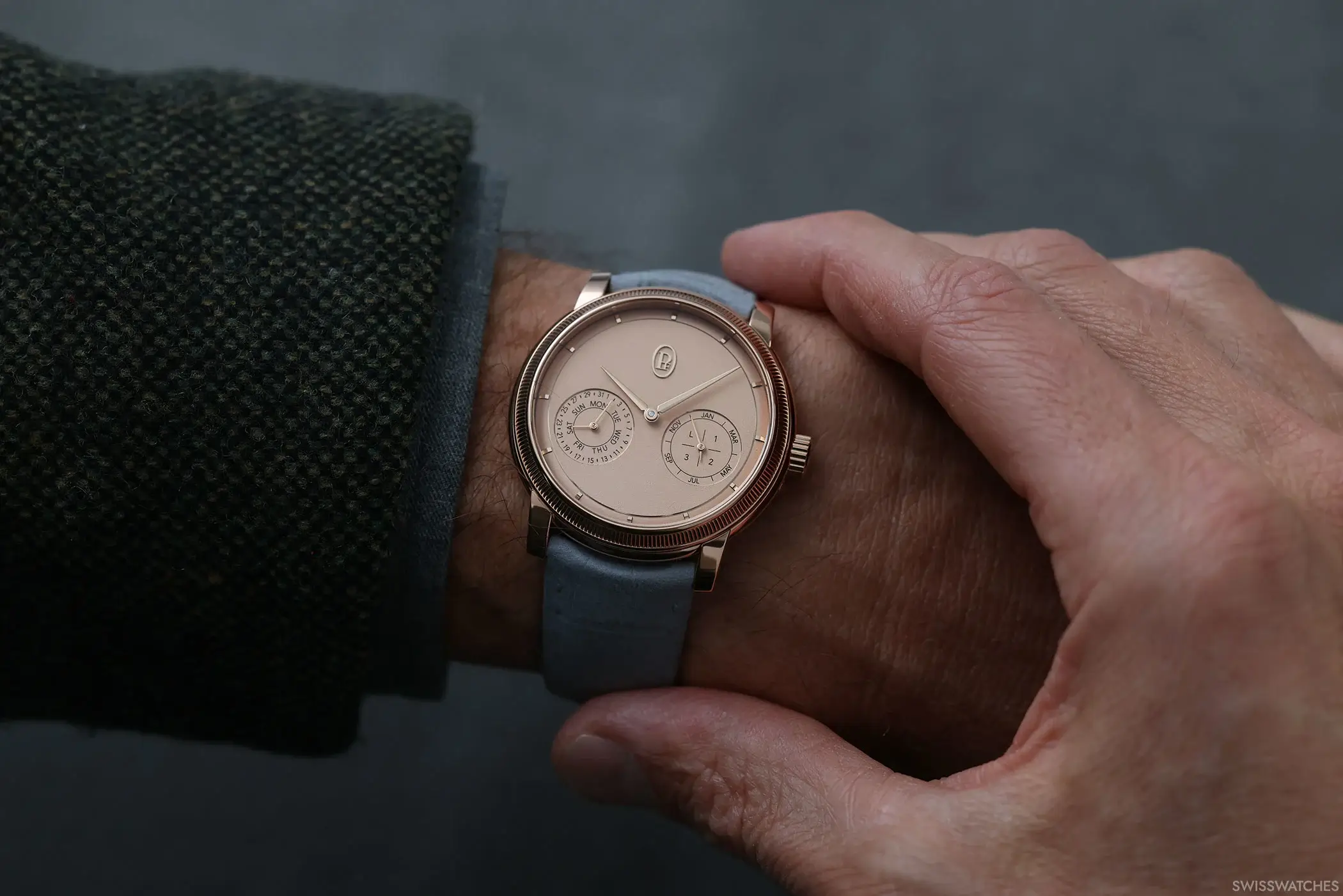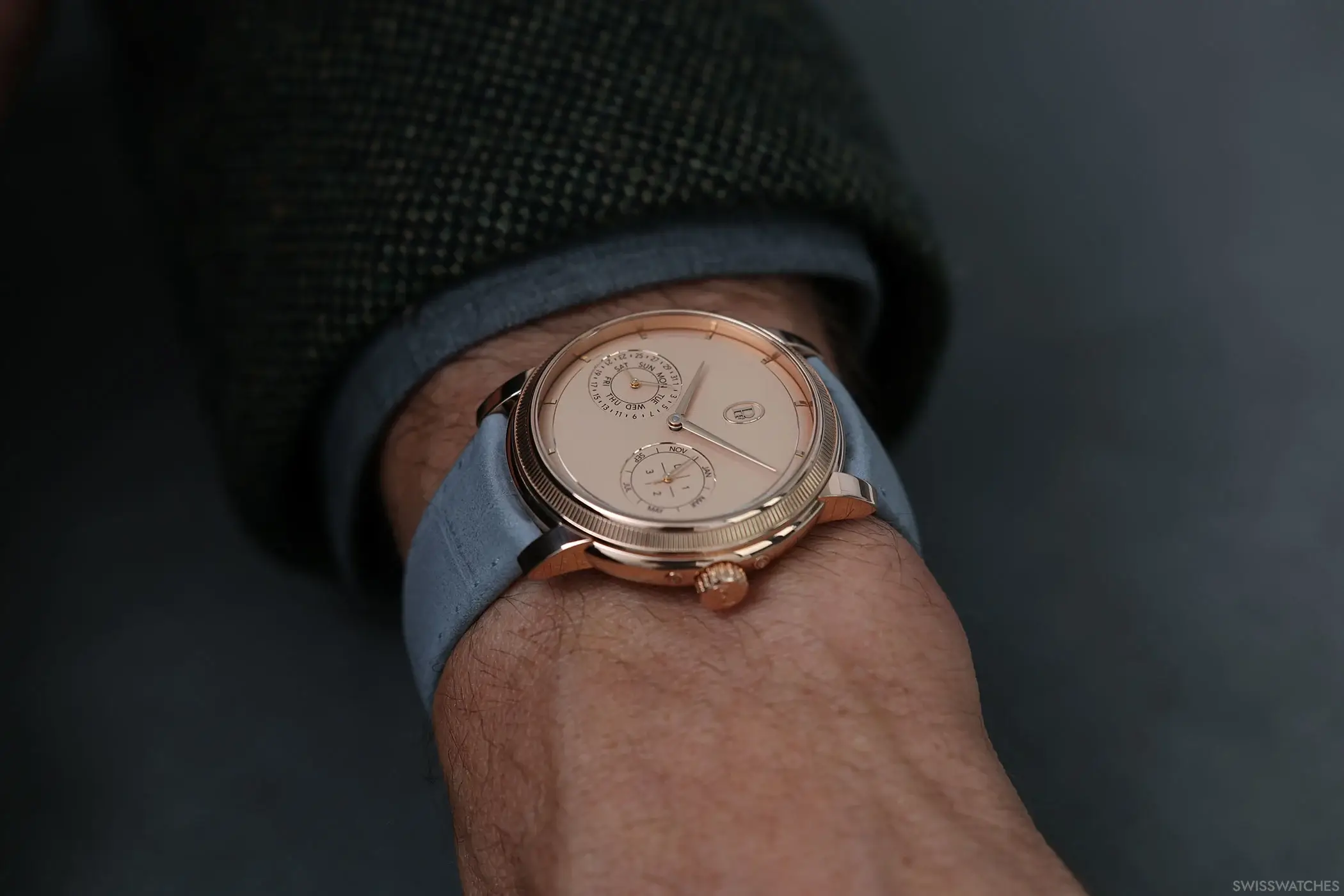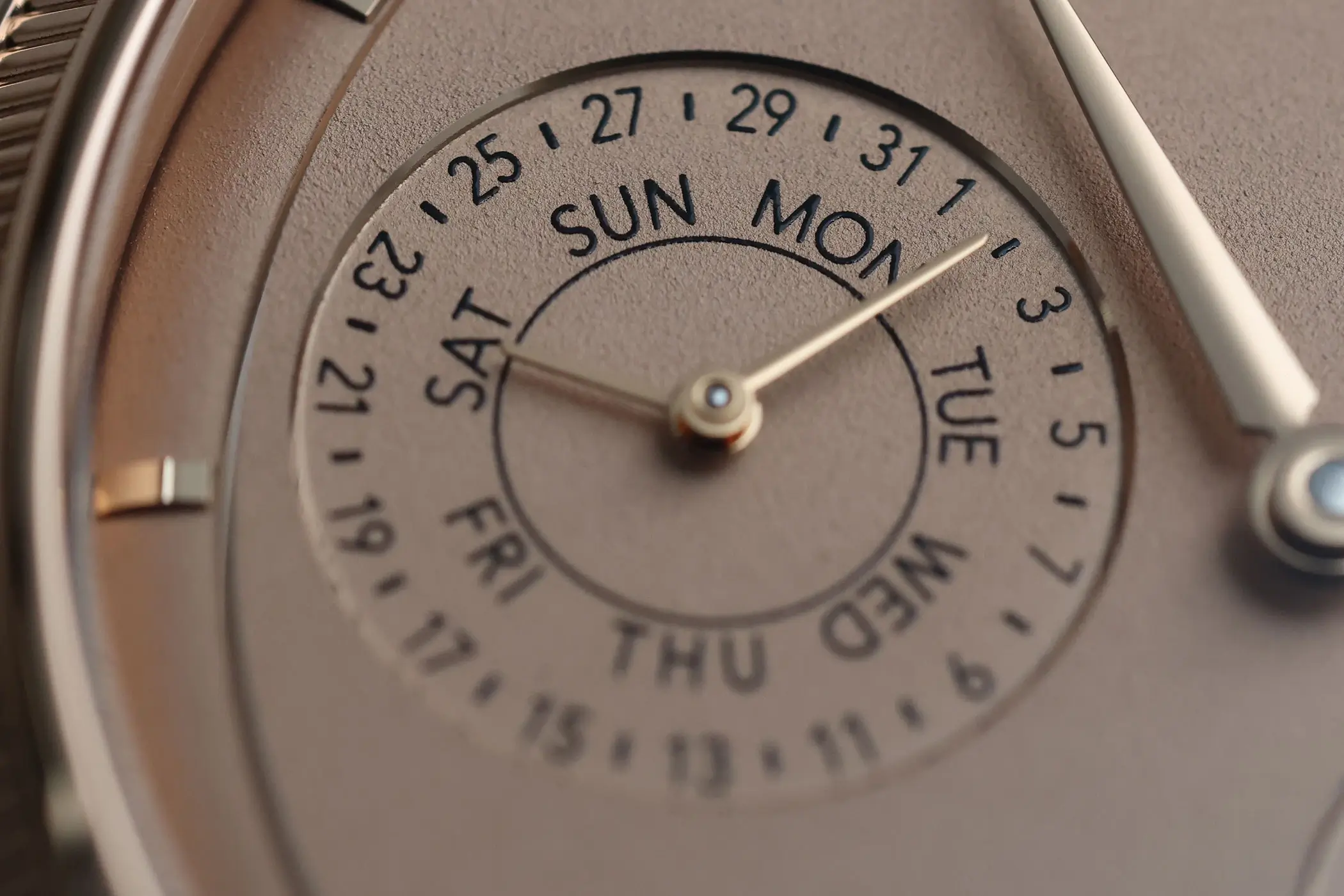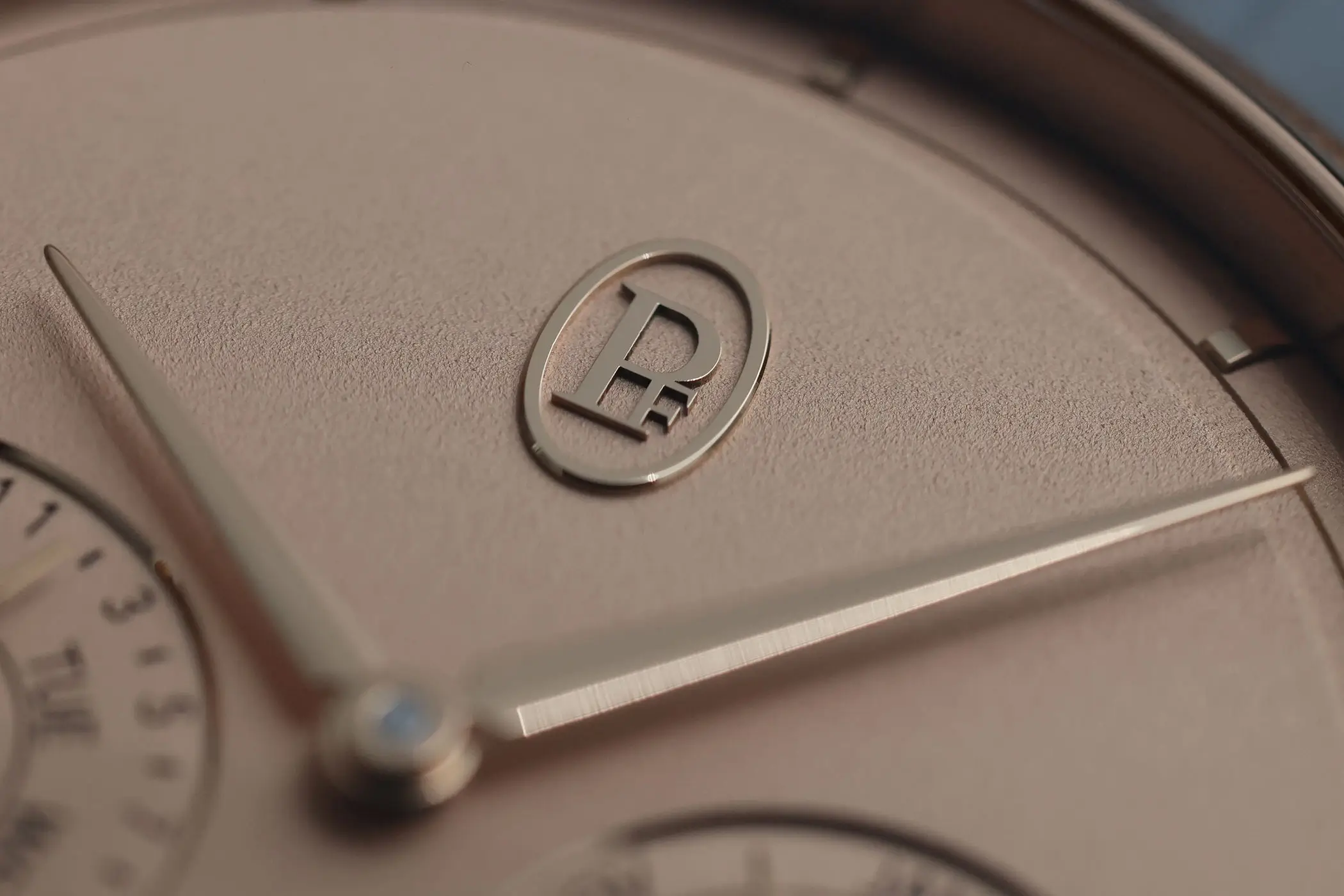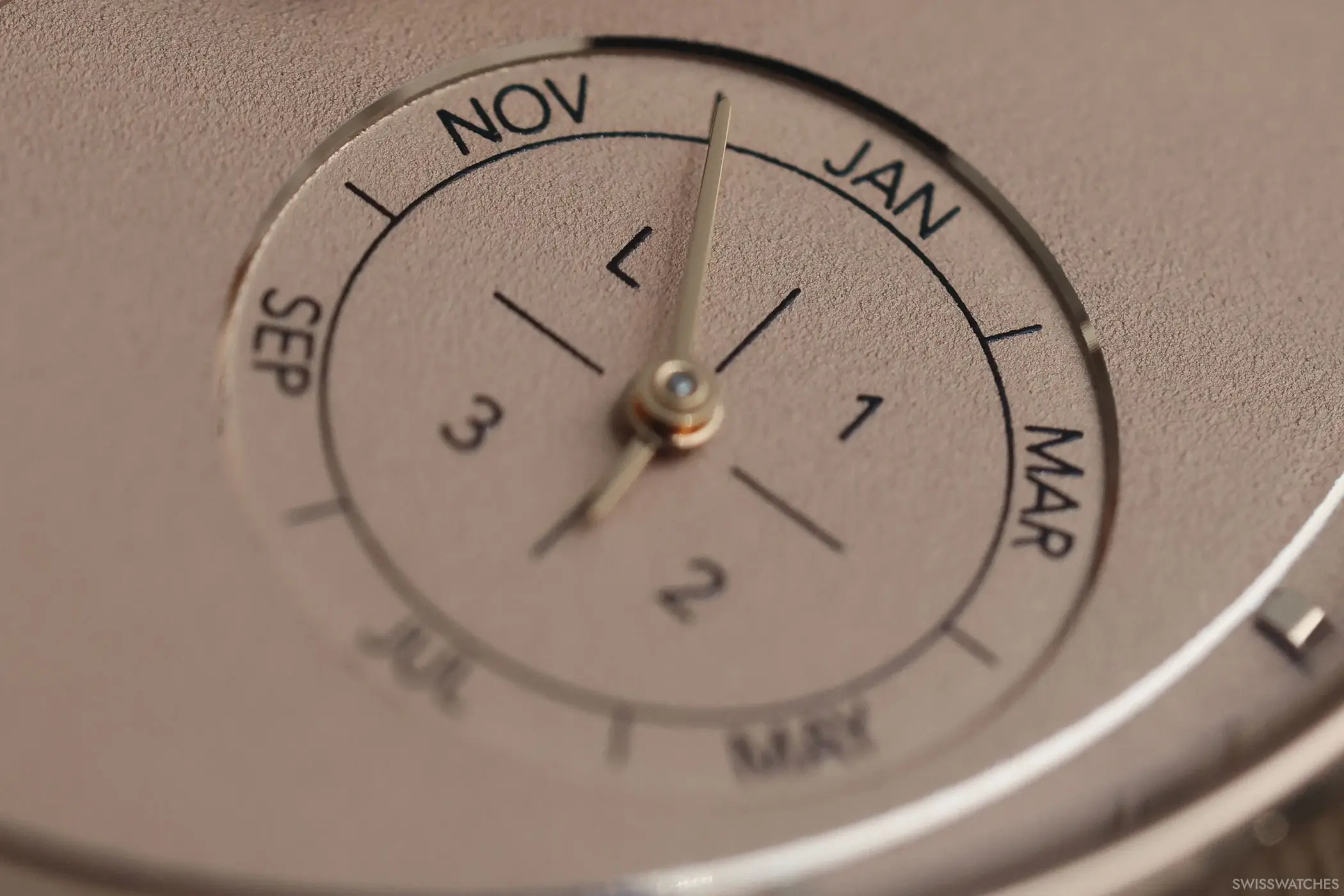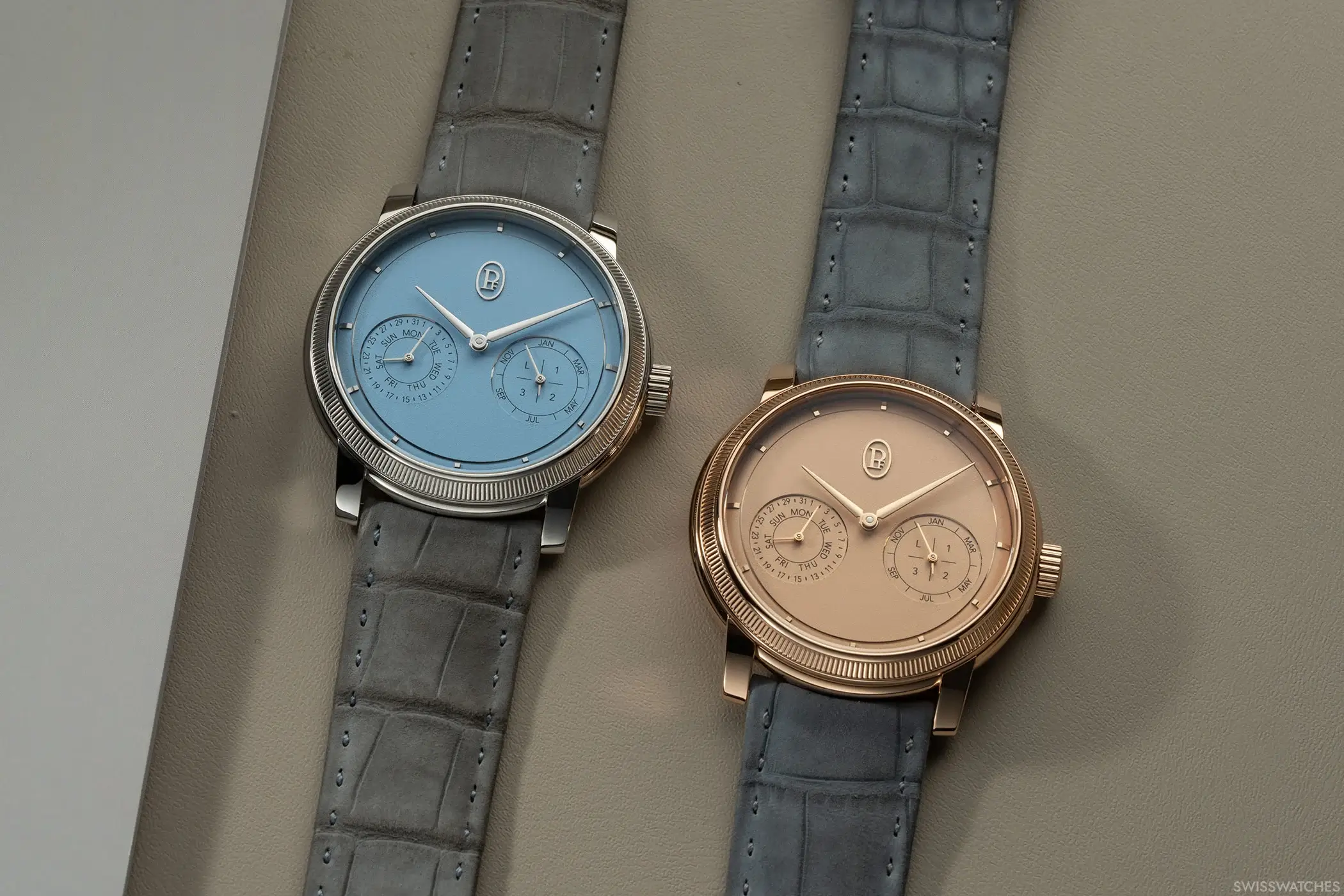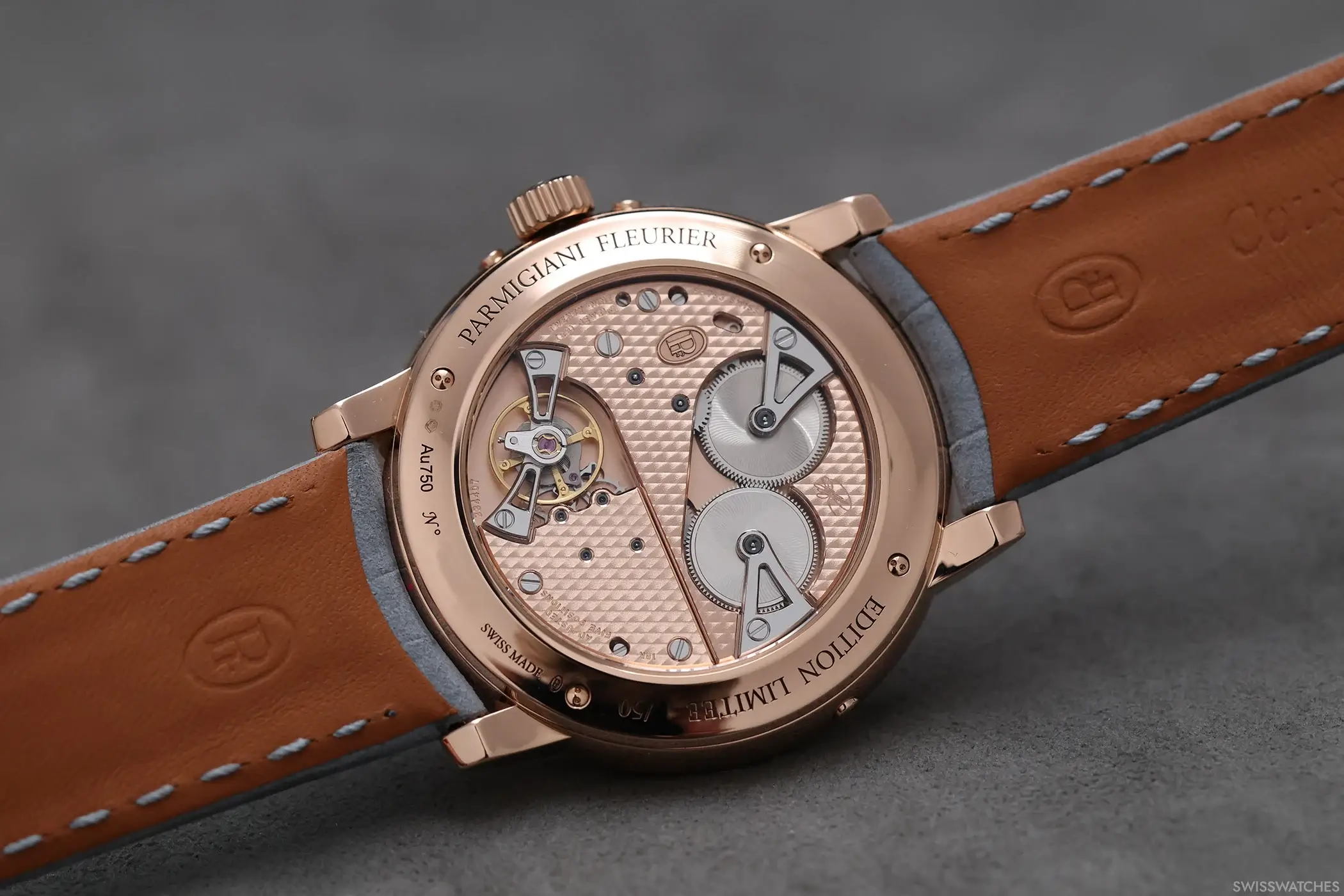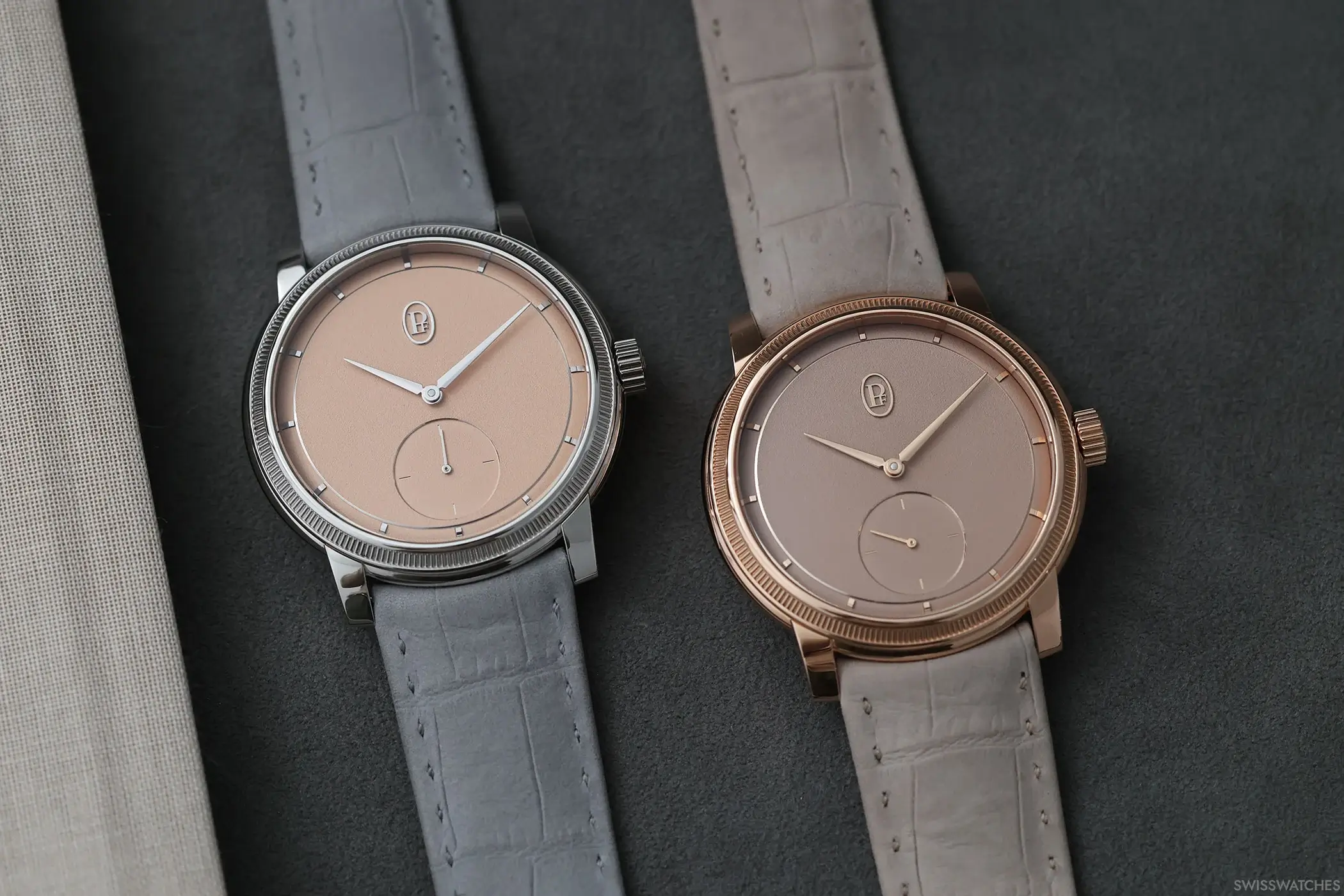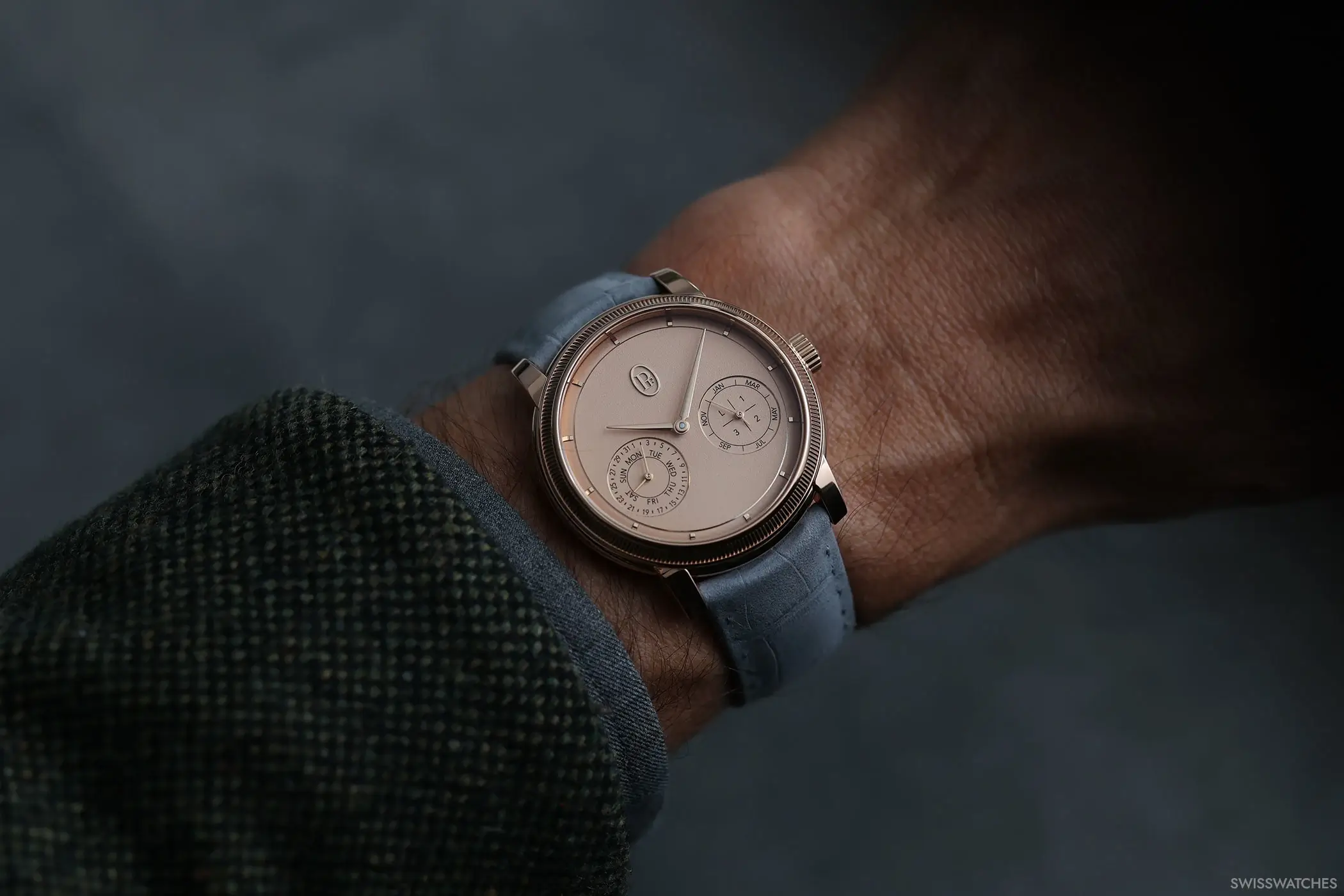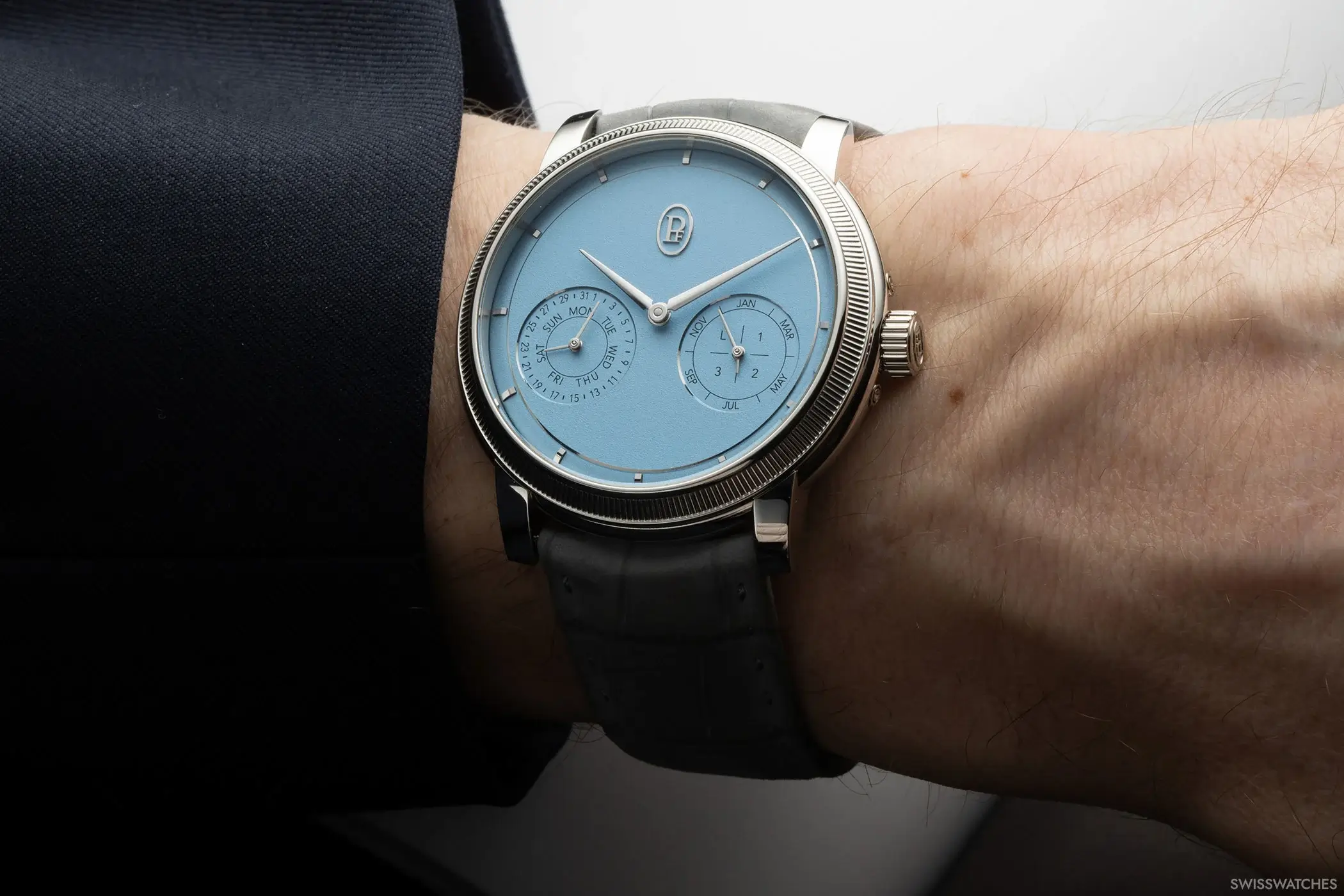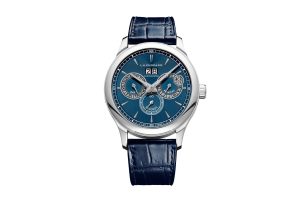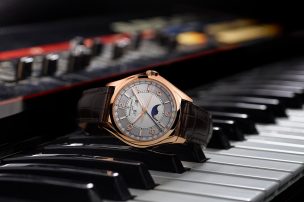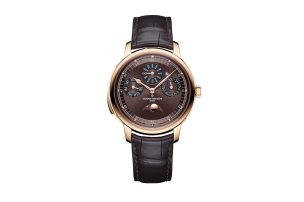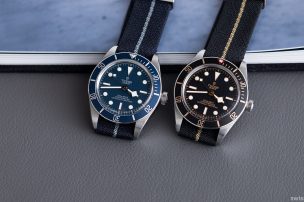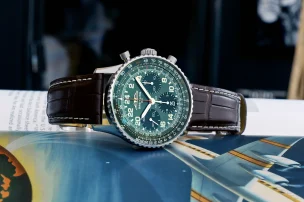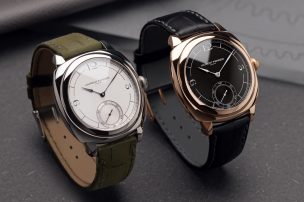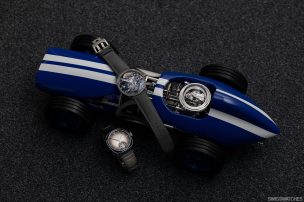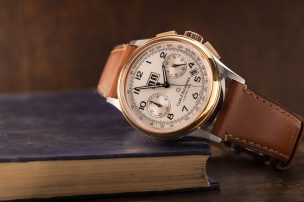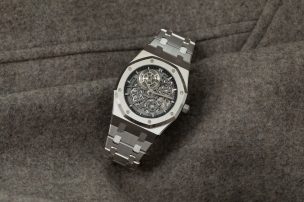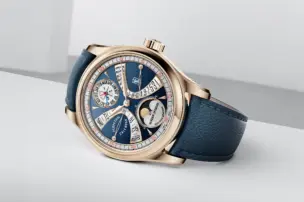

Simply Stunning! The Parmigiani Fleurier Toric
It is almost certainly a first, but this text must be preceded by an apology: the photographs of the Parmigiani Toric undeniably demonstrate just how outrageously attractive the timepieces of this collection are. Yet, despite the greatest efforts, it has not been possible to convey the full magic of the models shown here.
This may sound like hyperbole, but it is partly inherent to the nature of the ‘dress watch’ category, which is inherently understated. It also reflects Parmigiani Fleurier’s philosophy as a manufacturer committed to quiet luxury, where countless – sometimes easily overlooked – details come together to create astonishing beauty.
And in the case of the Toric, and this is ultimately decisive, one of these details is the finishing of the dials, which is largely responsible for the fact that photos can only give a first impression. However, the watch’s soul only reveals itself upon closer inspection of the real, moving object – the hand-crafted texture of the dials in this collection is simply too delicate. Nevertheless, we will attempt to describe the very special charm of the Petite Seconde and the Quantième Perpétuel below.
Succeeding the Small Seconds: The New Toric with a Perpetual Calendar
Last year, Guido Terreni, the brand’s CEO, unveiled his completely redesigned version of the Toric. While the rapid launch of the Tonda PF with its integrated metal bracelet introduced the Maison to a whole new audience, the work on the Toric was arguably even more challenging, as no other model embodies the Parmigiani Fleurier name quite like it. The Toric is undoubtedly the heart of the company.
Terreni initially launched the small seconds, whose fluted bezel immediately reveals its Toric design heritage. Beyond this,the designers from Fleurier have done a masterful job, questioning everything, bringing the collection closer to the Tonda PF in terms of appearance, and at the same time preparing it for the future. The Toric variants produced since then, often only in small series, have been correspondingly popular, such as the Chronographe Rattrapante or the perpetual calendars shown here.
The Significance of the Toric for Parmigiani Fleurier
Perhaps the most famous Toric owner in the world is King Charles III of England, who has been seen wearing a yellow-gold Toric chronograph on his wrist for a good fifteen years now. This fact is mentioned in almost every story about the model family, because even though collectors continue to puzzle over this somewhat niche choice, one thing is clear: it is hard to imagine a more prestigious wrist.

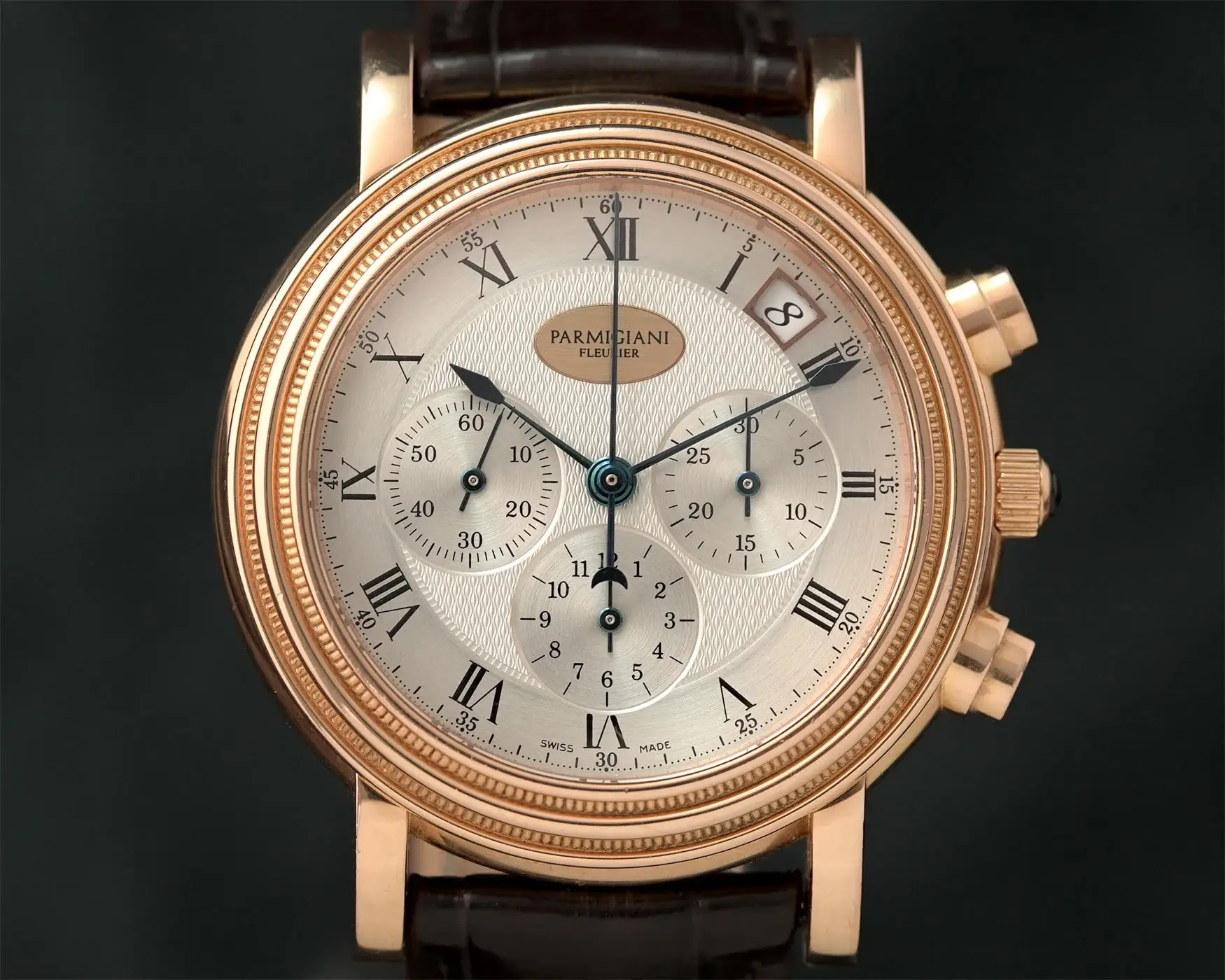
The King evidently invested early in Michel Parmigiani’s young company, which launched its first models under its own name in 1996, already using the name ‘Toric’. Inspired by the ‘torus,’ a geometric form whose structure reminded him of Greco-Roman columns, Parmigiani incorporated this circular motif into early Toric models.
His circular look was sometimes found in early Toric models in the form of two interlocking torus rings as a double-fluted bezel. From the outset, Michel Parmigiani’s aesthetic ambition for the series was to achieve harmony through the Golden Ratio, combined with classical elements such as Roman numerals. In this way, the watches, with their fluted torus bezels, became the epitome of a watchmaking tradition that, at least visually, expressed little desire for modernity.
Hailing a New Era: The Toric Petite Seconde
The image of today’s Toric is a completely different one. Compared with its older relatives, the new model presents itself as considerably more minimalist. The bezels appear more refined, the 40.6-millimetre case more restrained, and the hour markers allow the dial the space it deserves to make its impression.
Guido Terreni describes it as a ‘contemporary reinterpretation of classicism,’a fresh take on the dress watch concept that makes the Toric models far more versatile. In other words: just because a client is drawn to a traditional three-hand watch doesn’t mean he should feel obliged to wear a suit in order to do it justice. It is precisely this focus on essentials that makes the models so adaptable, whether it be the platinum Golden Hour or the rose-gold Dune.
At the heart of the new generation’s aesthetic lies the hand-grained dial, crafted using a technique dating back to the 17th century. The solid gold dial is coated with a mixture of cream of tartar, sea salt, and silver, and then brushed entirely by hand.
The result is a matte surface reminiscent of finely plastered stone. This delicately textured finish absorbs reflections, yet its subtle sophistication is only fully revealed through movement on the wrist. On the Dune, the dial takes on a soft, sandy hue, like a dune in the reddish glow of evening light. In comparison, the Golden Hour’s dial shines brighter and has a more precious metal appearance, which is further enhanced by the contrast with the white platinum case and the rhodium-plated gold hands and indices.
The hand-wound PF780 calibre, featuring twin barrels and a 60-hour power reserve, allows for a case height of just 3.15 millimetres. Thus, it lends the watch an exceptionally slim silhouette on the wrist. At only 8.8 millimetres thick, it is even slightly thinner than the new, much-praised Patek Philippe Calatrava Ref. 6196P. Despite its discreet profile, the Toric has a pleasant presence on the wrist, thanks in large part to its luminous dial, but also to the immaculate, delicate appliqués in rose gold or rhodium-plated gold.
The overall appearance of the Toric Petite Seconde greatly enriches the segment of so-called dress watches, because it is not only the dials that give them a whole new colour. Somewhere between maximum reduction and the courage to make a confident statement, Parmigiani Fleurier has carved out a niche for itself that its classic competitors, from Patek Philippe Calatrava and Vacheron Constantin Patrimony to Rolex 1908 and Breguet Classique, have left unoccupied.
Even More Intricately Crafted: The Toric Quantième Perpétuel
With its purist design, the Toric is also an ideal platform for the horological pirouettes of watchmaking. The best example of this is the perpetual calendars in the collection. Two versions, each limited to 50 pieces, marked the beginning: rose gold with the familiar name and dial colour Golden Hour from the Petite Seconde, and platinum with a sky-blue dial in Morning Blue.
True to Parmigiani Fleurier’s modern philosophy, this perpetual calendar ranks among the most understated on the market. Only a few models, such as H. Moser & Cie.’s Endeavour Perpetual Calendar or Patek Philippe’s In-Line Perpetual Calendar Ref. 5236, follow a similarly refined design approach. Together, this trio demonstrates that a grand complication no longer needs to draw attention through an overly elaborate dial.
On the blue or sun-golden dial, the calm hand-grained surface is gently interrupted only by two small subdials positioned just below the nine and three o’clock axis. Traditionalists might argue that perfectly centralised subdials would have been more harmonious, yet that notion is debatable. In their current layout, the logo and two counters form a pleasing visual triangle. In addition, the beauty of the minimalist dial in the upper half remains free of any visual distractions.
These models are also powered by a hand-wound movement: the rose-gold PF733 calibre with a 60-hour power reserve. The diameter remains identical to that of the Petite Seconde at 40.6 millimetres, with the case just slightly taller at 10.9 millimetres. It should be noted that the rose-gold movement, with its Côtes de Fleurier decoration and chamfered steel bridges, is every bit as visually impressive as the watch’s dial side.
Pure Pleasure, Then?
Despite the brand’s growth in recent years, Parmigiani Fleurier remains one of Switzerland’s smaller manufactures. Yet in the Val-de-Travers, it is among the most respected names. This stature is also reflected in its pricing: at 53,000 euros for the rose-gold Petite Seconde and 60,900 euros for the platinum version, both models are positioned with quiet confidence among their immediate peers. By comparison, the 95,800 euros price tag for the rose-gold perpetual calendar and 103,700 euros for the platinum model seem entirely appropriate – particularly given the limited production, which places neither at the top of the market segment.
Ultimately, the value of these watches cannot be reduced to a price tag. Their distinct design language exerts a quiet but profound influence on collectors and the wider market. The four Toric references show how classical watchmaking, rooted in the most traditional principles, can appear fresh, relevant, and effortlessly contemporary. What’s become clear at recent industry gatherings is this: not everyone may be a devotee of the brand, but it is almost impossible to find anyone who does not deeply respect Parmigiani Fleurier’s current collection.
